Understanding Arthritis in Dogs
Pain from arthritis will ”switch” off surrounding muscles which mean the joint becomes more unstable and more painful. This starts a downward spiral of pain and weakness. Then there can be additional muscle loss simply if your dog is a senior. This is called sarcopenia. As humans, and dogs, get older our muscles naturally get smaller and weaker adding to pain and further loss of function. Strengthening exercises helps break this cycle and helps rebuild muscle loss. Real-Life Success Stories Marlie, 1 year old Diagnosed with hip dysplasia and predicted to need surgery in 6 months. With exercise and care, Marlie has been able to avoid surgery (saving her mumma about $15,000), her muscles have built up again and she is less stiff and sore. Winter, 9 years old Winter was slowing down on her walks but with exercise therapy she was able to walk further and faster and jump higher. Want to start some exercises???Start with these...... Cavaletti Poles These poles are excellent for improving balance and coordination. They encourage your dog to lift their legs higher, which strengthens the muscles supporting the arthritic joints, and also helps loosen stiff joints. Two Up This exercise involves your dog placing their front paws on an elevated surface, which helps build strength in their hind legs. Guide your dog up and down the step. More energy and strengthAfter about 3 weeks of exercises your dog’s muscles should become visibly a bit bigger and you should notice that they move better, like a little pep has returned in their step!! Remember though - the rules for muscle growth is that they need to be regularly, they need to be challenging enough and they need to be targeting the right muscles. Want to know how to do all the right exercises, in the right quantity and the right amount of difficulty? Check out the course “Home treatment for arthritic dogs”, there is an 8 week exercise program that slowly increases with difficulty to keep those muscles growing and getting stronger! It also includes lots of other strategies to help you manage your dog’s arthritis - like Weight Management, Supplements, Home Modifications and Laser Therapy. Meet your instructor!Hello!
I'm Kylie Marks, a husky mum, physio, and exercise advocate for dogs. I believe that with easy and cost effective exercises, we can help our dogs move better, experience less pain, and live longer!!
0 Comments
Acupressure is an upcoming modality that harbours various benefits in the animals that receive it. With acupressure, it mimics the treatment of Acupuncture - which is a widely popular treatment used alongside western medicine to aid in animal well-being and have amazing healing affects. Acupressure uses pressure at specific acupoints along meridian channels that are identified in Traditional Chinese Medicine. By stimulating these points, energy and blood flow can be restored which can have an affect on the entire body. Not only does acupressure unblock Chi restrictions but can also relieve pain as the pressure stimulation causes the body to release opioids. Acupressure is based off the traditional Chinese medicine beliefs that everything in the body is intertwined and connected and that when one thing is unbalanced or broken, it carries over to the entire body. Benefits in any animal include:
Acupressure can be used for general well-being, for health ailments, and also in times of emergencies. It is becoming more widely popular in holistic healing as it is safe and non-invasive, and can learned by anyone.
The comprehensive Acupressure course for Equines (Don't worry! Feline and Canine should be done within the next week or so!) covers the basics of Traditional Chinese medicine concepts, various protocols and specific points used in assessing and healing, how to properly and effectively perform an acupressure treatment, how to create your own protocol and even includes bonus material on using other holistic therapies to enhance your session such as essential oils, moxibustion, kinesiology and red light laser therapy. When I was in graduate school studying veterinary pathobiology (the study of disease), one of my tasks was to figure out why when a group of chickens were exposed to the same pathogen (clostridial bacteria in this case), only some of them would get sick. The answer I found was STRESS. The chickens who were living in dirty, overcrowded living conditions and fed a poor diet were much more likely to become sick than chickens who had adequate space to roam and were fed a high quality diet. This discovery led to my interest in holistic health (viewing the full picture rather than just looking at the problematic area) which changed my career choice from being a veterinary pathologist to becoming a doctor of chiropractic! In chiropractic school, I learned the importance of taking a holistic approach to health and how to truly heal someone, you have to take their mental health and environment into consideration in addition to treating the body. I have incorporated the importance of a holistic viewpoint into the courses I teach which sets the courses apart from traditional health education courses which only focus on the area that is injured or diseased. As an animal owner or an animal health professional, taking a holistic approach to treating animals can be a game changer for your practice and the wellbeing of your animals. Here are some suggestions of courses that can help you take more of a holistic approach to animal health care. For those wanting to become an animal bodyworker as a profession, I recommend taking:
We know you have lots of choices when it comes to your animal bodywork school. In this blog we will explain how our program stands out from others. We have been online the longest:Dr. Angel created her first animal bodywork in 2009 but when she put them online in 2015, her program was the only one that provided a certification through a fully online format. Some people didn't think it was possible to learn these techniques online at the time, but she proved them wrong through thousands of successful practitioners all over the world. Dr. Angel developed many of the techniques:The techniques such as Animal Neuro-myofascial Release Technique (ANMR), equine and canine kinesiology taping, the protocols for animal cold laser therapy and the steps for animal craniosacral therapy were developed by Dr. Angel. Many of the other courses on the market today in those subjects were derived from our courses. Our program has withstood the test of time:Starting a new business isn't easy and many people are putting out online courses now. Our online courses have been available since 2015 and we are still going strong with a full staff including teaching assistants, a program administrator and course collaborators. Our program isn't going anywhere, so you can rest assured that your investment in your education will be safe with continued support. Dr. Angel is still our president and is active in the company:Even though Dr. Angel can't be as available to each student as she was when she initially started this program, she is still active in the grading processes and is easily assessable to students (both current and past). She takes pride in this program and loves to see her students succeed. You will always have access to the course material:One of the things that Dr. Angel didn't like when she took online courses was that they would always expire. Not only can this prevent the student from completing the course (because let's face it, life always manages to get in the way) but it also ensures that they cannot review the material. Dr. Angel set up her program so that the student will always have access and can go back and review the material and view updated material whenever they want to. Still need more convincing? Click the tab below to hear directly from our students.Looking for new techniques to add to your holistic practice? This article will discuss the benefits of Ozone Therapy, Mistletoe Therapy, Animal Neuroscience-myofascial Release Technique, Cold Laser Therapy and Kinesiology Taping! Ozone Therapy
Benefits of Ozone Therapy
Mistletoe Therapy
Mistletoe therapy is at the heart of complementary cancer therapy – it is the measure most frequently used for humans. The use of mistletoe in dogs, cats, and horses has been expanding rapidly in Europe over the past 25 years and is gaining popularity in North America and other countries. Effective and safe, Viscum album should be a first-line therapy in integrative veterinary oncology. Benefits of Mistletoe Therapy: • Improved general well-being • Less fatigue, especially during and after chemotherapy • Less nausea • Improved appetite • Less pain sensation, so fewer painkillers and sedatives are needed Animal Neuro-myofascial Release Technique
What Conditions can Benefit from ANMR? Horses:
Cold Laser TherapyHow does it work? The laser stimulates the animal's cells causing the mitochondria to produce more ATP (energy utilized by the cells) which allows for quicker cellular healing and a reduction in inflammation. Cold laser therapy works well for both acute and chronic injuries. Kinesiology Tape
Some conditions that can benefit from kinesiology tape are: ACL and other knee related injuries in dogs, back pain in dogs and horses, hind end weakness in dogs due to IVDD, spina bifida, arthritis, or DM, suspensory ligament injuries in horses, post surgical swelling in all animals and stocking up in horses. A study in the Journal of Equine Veterinary Science showed a significant reduction in swelling after 24 hours of kinesiology taping in horses with arthroscopic tibio-patellofemoral surgery. (http://www.j-evs.com/article/S0737-0806(16)30525-1/abstract)
The Mistletoe (Viscum album ) has been used in complementary cancer care for more than 100 years. It has significant beneficial effects on quality of life, tolerance to conventional therapies, immune function, and overall survival. It can be used at any stage of the cancer journey, from post-surgical to palliative care. Mistletoe therapy is at the heart of complementary cancer therapy – it is the measure most frequently used for humans. The use of mistletoe in dogs, cats, and horses has been expanding rapidly in Europe over the past 25 years and is gaining popularity in North America and other countries. Effective and safe, Viscum album should be a first-line therapy in integrative veterinary oncology. The mistletoe has been used as a medicinal plant since ancient times: externally for wounds, ulcers, and diseases of the spleen, and internally for gynecological disorders and seizures (epilepsy). Since 1917, mistletoe products in the form of injections have also been used in complementary cancer therapy. Over the years, the special manufacturing process has developed further, thus progressively increasing therapeutic efficiency. Mistletoe therapy has a positive effect on the patient’s immune system and quality of life, and has been shown to improve tolerance of standard therapies rendering it more relevant today than ever before. The White-Berry Mistletoe – Botany Mistletoe is most visible in the winter months, when deciduous trees have lost their leaves and you can see spheres of evergreen leaves on the bare branches. Mistletoe (Viscum album) is a semi-parasite that lives on trees. In the plant kingdom, it stands apart: It has no roots, only a so-called “sinker” that connects the mistletoe to the host tree and supplies it with water, salts, and some nutrients. Unlike all other plants, the mistletoe reproduces in winter, blooming in February/March and bearing ripe, white berries in November/December. The mistletoe does not orient itself to the sun, so both sides of its leaves are identical and its branches grow out into all directions – giving it its spherical shape. In Europe, there are three subspecies of white-berry mistletoe: deciduous tree, pine and fir mistletoe. The mistletoe contains over 1,000 different constituents. The effects of its proteins – lectins (glycoproteins) and viscotoxins (polypeptides) – and complex carbohydrates (polysaccharides) have been researched most extensively. Additional constituents like arginine (an amino acid), flavonoids (secondary plant metabolites), and a high level of vitamin C contribute to immunomodulation and tumor inhibition.With the mistletoe, as with most medicinal plants, the whole extract should be considered the “active substance”. In scientific investigations, the extract was shown to have a broader effect spectrum than the isolated constituents. Mistletoe Therapy – Mode of Action Mistletoe therapy acts on many levels: On the one hand, it boosts the immune system by multiplying and activating the immune cells. On the other, mistletoe therapy can induce apoptosis (the process of natural cell death) in tumor cells which results in the inhibition of tumor growth. Healthy tissue is not adversely affected by this. On the contrary: Immune cells and other healthy cells are protected against further injury, e.g. damage caused by cytostatic drugs. It is noticed that the mistletoe therapy significantly improves their quality of life. For example: • Improved general well-being • Less fatigue, especially during and after chemotherapy • Less nausea • Improved appetite • Less pain sensation, so fewer painkillers and sedatives are needed This mode of action makes mistletoe therapy a key supplement to standard oncological veterinary therapy. The mistletoe used in the therapy are named according to the mistletoe’s host tree for example: apple tree, fir or pine, the species that are originally from Europe. The selection of the Mistletoe to be used will depend on what best suited to a specific patient and tumor. It has been observed for all these years that mistletoe from different host trees have different focuses in their activity. In general, mistletoe therapy can be started at any time. The best time would be right after the tumor is diagnosed. Mistletoe therapy can support patients going through surgery, chemotherapy, and radiation therapy – it can help reduce, or even prevent possible adverse reactions. Want to Learn More??? Check out our online course!Ozone (O3) is the gas that surrounds the earth and protects us from the sun's UV radiation but the therapeutic benefits of ozone go far beyond being a natural "sunscreen". While ozone is toxic to humans and animals when inhaled, it is extremely beneficial when delivered intravenously, via rectal or vaginal insufflation (absorbed by internal tissues), through the ear canal, injected into joints or applied topically to the skin. Nikola Tesla patented the first ozone generator in 1896 in the USA which was later used during World War I to topically treat infected wounds and reduce inflammation for injured soldiers. Ozone goes beyond basic oxygen therapy. Once the O3 is absorbed into the bloodstream, the body quickly uses that extra oxygen molecule and creates lipo peroxides which are oxidized fat molecules. These molecules stimulate the immune system and initiate ozone's therapeutic effects. These peroxides instigate a rapid immune response which quickly and effectively eliminate infections and toxicity in the body. Also, the remaining O2 molecules will provide extra oxygen throughout the body which is beneficial as well. Benefits of Ozone Therapy
Incorporating Ozone Therapy into your Veterinary PracticeDrs. Erin Holder and Sarina Barbara have had many years of combined use of ozone therapy and have utilizes cutting edge techniques in their veterinary practice. They were so impressed with the results their patients were getting with ozone therapy that they decided to create a course to teach fellow veterinarians how to effectively and efficiently incorporate ozone therapy into their practices.
Written by Misty Withee, a canine bodywork student and practitioner through Angel's Animals, LLC. Super excited. A dog I rescued a year ago (August 2022) has been coming around slowly. She learned to walk on a leash etc quickly as she had to stay on one to go outside or you wouldn’t be able to catch her. In the beginning she was terrified if you looked at her, tried to touch her, lay, or sit next to her and as she progressed, she could handle that but remained terrified if you tried cuddle with her, touch her body like you were going to pick her up and same if you got near her feet. She would roll up in a ball and she would always hide her feet from you. Touching her feet was a hard nope not happening. She would not snap but she would panic, flop, or bury them under so you could not reach them. We recently moved to the land I trapped her on and where she would come for food as a stray. Her brother was caught 8 months before her, and I think it made her more cautious. She was very cautious, and I do trap for rescues etc but she was a tough cookie. He was caught because he was hit by a car and came dragging up with bones hanging out of his foot etc. I caught him and got him fixed and he has a forever home with me so then I set my sights back on her because she kept having puppies and the ranchers were wanting to shoot her since no-one could catch her. Now a year later, she actually for the first time since being caught, handled me massaging her feet and legs etc. She even fell asleep and was drooling at times. She has been very off since we moved here as she remembers this place because it is one of the many places she would roam between. It’s like she searches for her past and she is using the same walking paths she did when she would come get food and water etc. Amazing to me how they remember. It was just nice to finally watch her come around enough to let me fully work on her and see her give in to it. I took things at her pace over the last year. We weren’t trying to “fix” anything in a sense and her craniosacral therapy (CST) sessions she wasn’t hip on because she guards her head and neck area due to the scar from a huge gash on her neck. She was treated very badly, and her tail was short anyway but was broken in a several places. She had her first adjustment, October 2022, 2 months after I got her trapped and spayed and the chiro said muscles, work the muscles. Since then, I have been working on her at her pace. Now after a full complete CST/massage session she is glued to my side, is attempting to play with me like she plays with my other dog she befriended immediately upon bringing her home and like she plays with her brother, she even wants to lay near me when I go room to room. I have always had a special way with animals, but I am super excited to have all the tools and knowledge I gained from the canine massage and CST courses so I can help the animals in so many other ways. This dog is super special, but she is a true testament to letting the dog guide you and work at their pace. You may have intentions/goals and that is great, but the dog must be a willing participant as well. Sometimes their needs are different than our good intentions. I found at times I needed to let her guide me and do as much as she would allow and then I would leave it. Each time, I would get farther along than before and some days her moods or emotions were having no part of it, and it was like starting over but I took it at her pace and when she was finally ready, she blossomed and is like a new dog. Want to learn more about the techniques Misty used?Horses, being prey animals, have developed many ways to survive in the wild. One of the most obvious ways that we, as horse owners, should be aware of, is compensation. Horses are truly experts when it comes to compensating. They have to be to stay alive in the wild because if they show weakness, they will be taken by a predator. This tendency of compensation sadly sets them up for more pain and injury living a domestic life under our care. The other reason horse’s compensate, if I may anthropomorphize a bit, is because they want to please us. We need to STOP asking for more. More shows, more ribbons, higher scores, just a bit more work, more time on the lunge...more more more! Stop. Let the horse show you his pain. Pay attention. Many times there are a long line of insults to the horse’s body that go completely unnoticed by their owners and therefore also by the trimmer and vet. What starts out as maybe some caudal pain in the foot, eventually transfers to strain on the opposite diagonal leg, and later moves up the body to the shoulder, and eventually the stifle. It goes different directions depending on the origin of the original pain and what is being done with the horse. The owner may notice the bad stifle and try to figure out what caused the issue...not even realizing that it actually started with a trim 6 months ago where the farrier took off too much heel. We can’t always connect the dots. It should never be assumed that foot pain is a minor issue. There is always going to be some level of compensatory damage. Horses give us 200%. Most are so stoic and will give until they fall over and die. When a horse hurts and you ask for more from him, he will figure out a way to move his body in a way that allows him to continue doing as you ask and yet avoid the pain. This continues to lead to more soreness and injuries. More often than not, by the time you actually recognize a lameness issue, the horse has been sore for a very long time. This cycle of compensation is true not only with foot pain but also mouth pain. Hooks, poor alignment, poor chewing surface contact, TMJ pain, abscesses, gum disease, wolf teeth, all can cause the horse to have pain and will affect his movement. We want a supple mouth, a soft poll, a relaxed neck, a working comfortable back, and an engaged hind end. If the horse hurts in the mouth, none of this is possible. Tension sets in and the cycle begins. As an equine bodyworker, it is vitally important for you to have an understanding of the internal foot and mouth so that you can address these things first. If you are able to explain to the owner that the toes are way too long, for example, and are causing stress to the laminae...and what that can lead to, that owner will be able to communicate to the farrier why those toes need to be backed up. If you are called out to see a horse that has been suffering with lumbar pain and you ignore the fact that the horse has been balanced poorly and the bony column is obviously off, you try to fix the back issue without even acknowledging the origin of the pain, you are putting a bandaid on the issue without addressing the root cause. Start with a foundation of nutrition and the health of the foot & mouth and you will be much better set up as a well rounded equine professional that has an excellent understanding of the horse as a complex sentient being who depends on us for everything! I don’t think anyone wants to add to the problem that sadly exists out there today of horse’s greatly suffering, being sold when they can no longer meet the owner’s expectations and ending up moving from one home to another with no relief from the original pain. This is the sad reality. Let’s step up and try to really help these horses. They give so much. Want to learn more? Check out our online Holistic Anatomical Studies of the Equine Hoof and Mouth Course!This certification course takes a holistic view when teaching the anatomy and physiology of the horse's hooves and mouth (bonus material). Bring your equine practice to the next level by learning how the foot of the horse can impact their health and wellbeing.
The course includes high quality photographs including hoof dissections and explains the importance of having an in depth understanding of the internal and external hoof and mouth anatomy. The horse's feet plays a large roll when it comes to their soundness and overall wellbeing. As an equine bodyworker, expanding your knowledge of equine anatomy will allow you to make more educated decisions when creating individualized treatment plans for your clients. Mastitis is inflammation of the mammary glands and is usually a result of an infection. Bacterial infections are the most common cause, but fungal infections and parasites can lead to mastitis as well. Mastitis can occur in any mare but is more common in those who are lactating. Signs of mastitis include pain and swelling of the udder, edema under the belly, thick and fowl smelling discharge from the teat or teats and biting or kicking at their foal when it tries to nurse. If the infection spreads outside of the udder and become systemic, the mare will also have an elevated temperature. It is recommended to culture the discharge and do an antibiotic sensitivity test to ensure that the mare is treated with the correct antibiotics. The majority of cases are caused by Streptococci species, but it can be cause by over 20 different types of bacteria. Treatment should include systemic and intramammary antibiotics and many causes respond well to penicillin. Bovine intramammary antibiotics (Today and Tomorrow are two examples) can be administered directly into the teat to increase local concentric of antibiotics in the udder. If the udder is hard and painful, milking the mare can relive that pressure. Massage therapy ands hydrotherapy can help mobilize and reduce edema. Non-steroidal anti-inflammatories (bute) can help reduce pain, swelling and reduce a fever. Always consult with your veterinarian when mastitis occurs. Interested in learning more about Equine First Aid? Check out our online certification course! Aromatherapy is a holistic natural healing treatment that has been used for centuries to treat various ailments in humans. It is gaining popularity as an alternative therapy for animals, especially horses. Aromatherapy involves the use of essential oils which are pure, natural, herbal remedies and is an alternative therapy to western medicine and medications. The oils are extracted from plants and have therapeutic properties to help heal and restore the body back to homeostasis. The natural plant extracts promote physical and emotional well-being, healing and combats ailments. A horse can instinctively recognize the medicinal properties of the essential oils that they are being offered and they can select the ones that meet their needs (both emotionally and physically). This process is called self selection. Horses have a natural ability to self-medicate. In the wild, they can seek out the appropriate plants, soils, herbs, barks, resins and clays to prevent or reduce the harmful effects of pathogens, toxins and keep their bodies in balance. In a domesticated atmosphere they do not have this luxury so offering them essential oils is a great way to help them when needed. Horses can greatly benefit from the use of essential oils. Here are some of the benefits:Improving Digestion - Horses are prone to digestive issues, especially horses that are stalled or do not have the ability to graze and roam as they would in the wild. Essential oils can play a helpful role in the event of colic and digestive problems. Reducing Toxin Load - We expose our horses every day to toxins that they would not normally come across in the wild. We expose them to fly spray, shampoos and conditions, body shine, medications, feed supplements, grain, cleaners, first aid ointments and more. We can go more natural baby using essential oils to replace many of these toxins. Pain Management - If you own a horse, you know they are prone to injuries. It is probably you will have a horse with an injury or inflammation at some point. Especially if you compete with your horse, they will be prone to muscle pain. Essential oils like peppermint, eucalyptus and ginger have analgesic and anti-inflammatory properties that can help reduce pain, inflammation and swelling. Respiratory Health - Horses are susceptible to respiratory problems like asthma and allergies. Aromatherapy can help improve their respiratory health by clearing their airways and reducing inflammation. Essential oils like eucalyptus, peppermint and tea tree have expectorant properties that can help horses breathe easier. Boosting Immunity - Aromatherapy can also help boost their immune system. Essential oils like oregano, lemon and thyme have anti-microbial properties that can help fight off infections and disease. Enhances Mood - Horses can be in a bad mood at times just like humans. Using essential oils like citrus, peppermint and rosemary can improve the mood of horses because of their uplifting properties. First Aid - Essential oils can help you eliminate store bought ointments by creating DIY recipes to fight bacterial, viral and fungal infections. Helichrysum, oregano, tea tree, lavender, geranium, marjoram and myrrh all have first aid, infection fighting properties. In conclusion, aromatherapy is a safe and effective alternative therapy for horses that can provide numerous benefits for their physical and emotional well-being. Want to Learn More?Consider enrolling in our Equine Aromatherapy Certification Course!
We recently had a student named Rowen Edwards share her experience taking our Ultimate Equine Bodywork Course Bundle which includes our massage therapy, craniosacral therapy, kinesiology taping and body alignment (ANMR) courses. I am happy to share what she has written with you....enjoy! First off I just wanted to begin with a general testimonial for this amazing course. I did the Ultimate Equine Bodywork Certification courses and was a little skeptical at first as to how in depth the online learning would be. I was presently surprised with the amount of content that was more than just the average slideshow filled with information. The opportunities shown through each step and the kindness shown by each of the teachers is phenomenal. I have recommended both the personal and practitioner options to quite a few others because I truly believe that owner should have the opportunity to connect with their horses in ways they could not before these courses. Beginning a private practice was definitely a challenge to build clientele and senior practitioners in the field will always be competitors. By going out of my way to give in person conversations, reach out and find new therapies to incorporate, I was able to build amazing relationships with these horses past just the physical barriers. I have had many clients surprised by my knowledge base for my age, but this course definitely was a heavy step into my career. Angelique Barbara is the founder and is a very knowledgeable, kind person who incorporated the holistic and physical approaches seamlessly allowing for the practitioners own choice to follow the holistic approach as well as the basic science. " Testimonials Rowen Received from Clients:With one massage my horses back went from sore to minimal touch to totally fine even with more intense pressure! Can’t recommend enough. I use Rowen for my training and breeding program horses and have seen amazing results with the attitudes and comfort from both programs. It really opened my eyes to the importance of bodywork and saddle fit. My gelding is dealing with some behavioural issues that are not normally like him. Through an assessment and massage/BEMER maintenance with Rowen I have been able to connect back with my boy and work through the areas of stress and pain he was experiencing. PSSM Case StudyA few months ago, I began working on a horse struggling with PSSM. She is a very kind girl, she was stuggling with some nutritional deficiencies and was building up extra lactic acid in her muscles causing the stiffness. The abnormal sugar levels in her muscles were causing her to pick up times of lameness and the owner struggled between PSSM lameness and access/stone bruises. This mare was quite high maintenance in terms of her ability to hurt herself so I came out to assess Stevie and give the owner some of my opinions on the next steps here. As I am not a veterinarian or nutritionist, I referred to my general idea of some of the deficiencies she is presenting in her muscles and why this may be happening. After her vet reassessed the situation, she continued with bodywork and nutritional changes in her diet. From the last visit to the most recent, her topline has strengthened, allowing for the saddle to fit comfortably around her spinal processes as she was experiencing some rubbing or pinching due to loss of muscle. The use of more amino acids assisted in her recovery. This condition is a very difficult one with ups and downs. I am very proud of the owner for taking the time to understand the needs of this horse and get her to the point she is at. She is now sound and back in the hunter ring! This happy girl is back onto normal maintenance and has much more relaxed interactions with me through my massage, kinesiology taping, myofascial release and BEMER therapies. Shoulder Abscess Case StudyI also had another mare who had a shoulder abscess caused by a puncture wound that went deep into the shoulder. They have the vet come and disinfect, sew and protect the injury, but a few months later they reached out to me to assist as she was still tender in the girth, chest and shoulder area. I came and was cautious around the injury that was closed and the inflammation was down, and the mare was sound. By moving around the area her main aggressive response they were seeing was due to the muscular tightness from supporting this side of her body while injured for so long moving all the way down her back. This very quiet mare was loud with her releases and we relieved her stress points. I gave the owners some ideas to practice stretching and positive reinforcement when grooming or putting pressure around this area as it had become more mental than physical. Immediately they saw the change in attitude and were able to become more confident in their handling of this mare. We continue to do maintenance sessions. Kissing Spine Case StudyAnd the last case study I will be including was a stallion that was presenting signs of kissing spines under saddle. He was a very kind boy and this caused the owner to miss some of the signs along the way that he was hurting, this is common with saddle fit issues these days. Bringing awareness to this is one of my most important steps when finding reactions such as his. This stud did not present any physical spinal process palpation and was struggling more in the musculature around the area of saddle fit. We worked through this issue by calling out a saddle fitter than fixed the pinching problem. This was a friend of mines horse which she then went to sell and I was present for his PPE and back X-rays. He had normal spinal processes and passed his PPE with flying colours. I was very proud of this owner for going deeper into saddle fit and bodywork to fix this issue before it caused and physical changes to his body. New surgeries have come out to fix the wear and tear on the touching vertebrae but this is something we want to avoid. He is now happy with this new family who is taking the extra precautions to continue his recovery journey.
All horse owners should be aware of how to take their horse's temperature, pulse and respiration and they should also be familiar with the normal values. The average horse temperature is 99.5 to 100.5 degrees F. The average pulse rate is 42 beats per minute and the average respiration is 8 to 12 breaths per minute. Every horse will have their own normal values though so you should take your horse's vitals periodically to become familiar with their norms. Taking TemperatureGet a digital thermometer and use it rectally to take your horse's temperature. Use a lubricant such as vasoline to coat the tip before inserting it in your horse's rectum. It is recommended that you hold it while the temperature is being read. When it beeps, you can remove it and read the temperature. Take your horse's temperature several times at different parts of the day to determine what their normal temperature is. Taking the Heart RateThis can be done through feeling an artery or using a stethoscope to listen to his heart. There are several places to feel for a pulse including the inside of the jaw, the inside of the front leg above the knee and the outside of the hind leg. Count the pulse for 15 seconds and then multiple by 4. When using a stethoscope place it underneath the horse's elbow on the left side. Listen of the lub-DUB....each lub-DUB is one beat. Taking the RespirationTo count the breaths your horse is taking, you can either watch their nostrils flare or watch their flank rising and falling with each breath. One breath is a complete cycle in and out (inhalation and exhalation). Because the horse's normal respiratory rate is so low, count for 30 seconds and times by 2 to get a more accurate reading. Capillary Refill TimeThis is a way to check the horse's hydration. To do this, lift their lip up and press on their gums. Their gums will normally be pink in color. When you press on it, it should turn white, but the pink color should return within 1-2 seconds. Want to learn more? Become certified in Equine First Aid through our online course!Red light therapy is one of the safest and most effective modalities to incorporate into your bodywork practice. Light therapy has over 40 years of independent research and has been proven to deliver powerful therapy to living tissues. Many massage therapists find that utilizing red light therapy in conjunction with massage will speed up healing and provide their patients with longer lasting benefits. Some of the benefits include:
RevitaVet PadsRevitavet creates red light therapy pads specifically made for animals. They include a back pad, hoof pad, hock pad, knee pad, tendon pad and more. These pads are easy to travel with, easy to clean and they bend around the body part of the animal making the application very easy as well. Revitavet is offering our students and affiliates with 15% off all purchases! Use the coupon code ANGELSANIMALS at checkout! Don't forget to use the coupon code ANGELSANIMALS at checkout for 15% off!Testimonials
Want to learn more about red light therapy and cold laser? Enroll in our online certification course!As a bodyworker you will definitely come across agitated or anxious horses from time to time. In this blog, I will give you tips on how to work with them and minimize stress. The first step in calming the horse down is the determine the source of their stress. The main reasons a horse will be agitated and uncooperative during a bodywork are:
Relaxation Techniques Horses are very good at picking up your energy so it is essential to ground yourself before a bodywork session. To ground yourself, take deep breathes, remain calm and focus on what you want to accomplish during the session. Be determined that you will succeed because the horse will pick up on any anxiety you are experiencing.
Move the horse to a quieter, more familiar area (such as their stall) and if necessary their buddy stand nearby. If they can see their friend, it will drastically reduce their anxiety. Focus on massaging the TMJ and neck first on both sides. Horses that are anxious will usually have tight necks and reducing the tension there will help them relax. Once they realize you are helping, they will normally relax and learn to trust your hands. Try utilizing essential oils such as Lavender. Put a few drops on your hands and let him smell it. This will often take the edge off and can be relaxing for you as well. For horses suffering from a lot of pain, do not try to palpate them right away. The horse will feel like you are attacking them and will get defensive. Instead tap softly down their topline, neck, withers and back. Continue for a few minutes and then try to softly palpate. You may need to tap again whenever you find a new sore area on their body. Horses who are dominant, and aggressive can be tricky to work with because you do not want to be bit or kicked. Stallions may even try to mount you. You need to establish dominance with these animals to reduce their anxiety (and your own!). If a horse tries to bite you, you can poke them quickly with your fingers on the side of their mouth. This mimics the reaction another horse would have to counteract a nip. Many times the horse will lick and chew and settle down after this. Massage along the bladder meridian to relax the horse and prepare them for the bodywork session. You can also conduct Craniosacral Therapy with these horses if you are trained in the technique. Finally, don't give up and be patient. Remaining confident and calm will allow 95% of these horses to relax and enjoy their session. Do keep your safety in mind though and modify the session as needed to reduce your risk of injury. What is Benefab?Benefab® products were developed by founder Kat Chrysostom using the same technology that helped her heal after she had a major riding injury in 2011 that left her temporarily paralyzed. Their fabrics are infused with lead-free minerals that emit far-infrared wavelengths that are proven to increase blood circulation, dilate capillaries, and reduce inflammation. Benefab® products are designed to penetrate deeply into the treatment area for maximum results and pain relief. Benefab has products for horses, dogs and people! How do their products work?
Equine Products
Canine Products
Human Products
How to Add Benefab Products to your PracticeUtilize during bodywork sessions:
*When you purchase through this link, you will receive FREE shipping! How to Increase Revenue with Benefab ProductsSign up as affiliate and sell these products to your clients:
TestimonialsI'd like to take a moment to share how amazing this Benefab product is. My horse, Stoli, was kicked and fractured her leg. One of my workers saw it happen and called me immediately. I was down there within 5 min and Stoli was non-weight bearing and her leg was very swollen. I knew she likely had a fracture but unfortunately it was Thanksgiving and there were not any veterinarians or hospitals open. I decided to wrap her leg in the Benefab Therapeutic VersiWraps and stall her until I could haul her to the hospital for radiographs the next day. I was amazing when after a few hours she started putting weight on the leg. After wearing the wrap overnight, the swelling was 90% gone and she was able to walk normally into the veterinary hospital. The veterinarian didn't think she had a fracture based on her presentation, but the x-ray revealed that she did. We were all so impressed by the lack of swelling (which made it easier to view the fracture on the radiograph). I always knew these products were beneficial, but this made me a true believer. I’ll start with the poll pads. I apply the pad before I start anything and the horse immediately drops and relaxes his head. It’s really quite amazing. I leave the poll pad on the entire time and removing it is the last thing I do. The horses are more willing to release their poll during manipulation when the poll pad is on. So far I've just used the body wrap for humans and am VERY impressed. You can feel the warmth on your whole body and can feel it penetrate skin without overheating. It feels relaxing and healing. I plan to start putting it on my human Reiki clients. Going to try the dog products next for several of my canine clients" I have the therapeutic quick wraps and poll pad. I like these items and use them regularly. Very well made. I also have the socks and they are my favorite!" Do you sometimes feel like your horse resists you? Many owners experience times when their horse does not want to be caught, ridden or perform the tasks they are asking of them. In this blog we will discuss some helpful tips for creating a willing equine partner. Earn Your Horse's TrustAs with most animals, trust needs to be earned. Horses are prey animals and humans are predators, so you need to approach your horse with a certain mindset when teaching them to trust you. It is important to be able to read a horse's body language and to avoid using gestures, tones of voice and attitudes (your thoughts and intentions are very important when working with your horse) that the horse will perceive as threatening. Before working or interacting with your horse, clear your mind of any worries and negative emotions. Focus on what you want to accomplish with your horse and send positive, loving energy to them. Changing your mindset at the beginning of a training session can greatly change your horse's attitude and make that session more successful. As you continue to make training sessions less stressful for your horse and as they learn that you will not put them in a bad or dangerous situation, they will begin to trust you and see you as a stable leader. Minimize DiscomfortPart of earning your horse's trust involves ensuring that they are not in pain or uncomfortable. One of the most important ways to minimize discomfort is to utilize tack that fits correctly. It is extremely important to use a saddle that fits your horse in such a way that they can move freely without areas that are pinching, rubbing against them or restricting normal movement. If your horse pins their ears back or bites during saddling, moves away from the saddle or is reluctant to move with the saddle on, I recommend having them evaluated by a certified saddle fitter so you can find a saddle that will work best for them. The same is true with bridles......make sure they fit correctly and that the bit is the correct size and type for your horse. Another important part of decreasing discomfort for your horse is to incorporate bodywork into their lives. This can be through massage therapy, chiropractic/body alignment, kinesiology tape, craniosacral therapy or a combination of therapies. Even when the horse's tack fits correctly, they will still experience body discomfort from sore/tight muscles, altered movement due to minor injuries (while riding or just playing in the pasture) and normal soreness from muscle development. We recommend finding an equine bodyworker or learning how to perform bodywork techniques yourself. It is also important to condition your horse properly for riding. Similar to humans who are out of shape, horses can not go from no exercise to riding 10 miles overnight. Be sure to slowly build your horse up and prepare them for success. This will help earn your horse's trust when you do not ask them to do things that they are not physically ready for. The same applies for young, developing horses who may not be physically or mentally ready to perform the task at hand. Provide Your Horse With An Environment They Can Thrive InHorses, being herd animals, do best when they have access to other horses. Providing your horse with daily turn out (the longer the better), other horses to interact with and good quality feed, will make for a much happier horse. Horses evolved to eat continuously throughout the day. If your horse can not be turned out on grass, you should provide them with good quality grass hay all day. Most horses will also need some nutritional supplements to give them the vitamins and minerals that are lacking in most hays. Supplying your horse with an environment that they can thrive in will aid in earning their trust and having a willing partner.
Many horse owners realize the benefits of bodywork for their horse. Horses will often become sore after riding and training similar to human athletes. Just like people, horses can greatly benefit from massage therapy to decrease lactic acid build up in the muscles, speed up recovery time, increase range of motion and decrease pain and discomfort. Holistic Animal Studies offers an online course for horse owners to teach them how to perform several massage techniques on their horse including Swedish massage, myofascial release, Gua Sha massage and other strokes. The course can be started at any time and students can work at their own pace. The online program takes you step by step through the process of massaging your horse ensuring that you are able to safely and effectively help your equine partner through bodywork. Students also have access to the instructor and teaching assistants, along with other students and practitioners, who can answer any questions they have and provide them with guidance along the way. Interested in learning more?Many people do not think about how important their horse's saddle is when it comes to the horse's ability to move correctly. The saddle may feel comfortable to you while you're riding, but is it comfortable for your horse? As a horse moves when wearing a saddle, their scapula (shoulder) bone needs to be able to rotate back. When the saddle is too tight over the withers, it will prevent the scapula from achieving its full range of motion. The horse then needs to compensate by short stepping in the front and modifying their neck position. When the saddle is too wide, it can put pressure over the withers and will also cause pain in the lower thoracic and lumbar spine. Over time this will lead to body tightness, pain and discomfort, similar to a person wearing shoes that do not fit correctly. Horses that are forced to work in a saddle that doesn't fit optimally will often develop attitude problems including pinning their ears back and biting when being saddled, reluctancy to move forward when saddled, atrophied top line (due to a reduction in blood flow along the back when saddled) and uncharacteristic grumpiness when being worked. So, what can you do? If you ride in an english saddle, you can have a saddle fitter come out and evaluate your saddle. Most english saddle can be modified by reducing or increasing the flocking. If you ride western, you should also have your horse evaluated by a professional who can help you determine the type of saddle and padding that will work best for your horse. BodyworkHorses who are experiencing discomfort from wearing an ill fitting saddle should have bodywork along with correcting the saddle fit. Massage therapy and body alignment can improve range of motion and allow the horse to begin moving correctly with their new saddle. Many horses who have been worked for years in a saddle that doesn't fit will take time to realize that they do not have to modify their movement any longer. Working closely with an equine bodyworker can help your horse reduce their pain and improve their performance quicker.
Are you interested in learning bodywork techniques to help your pet but do not want to receive a certification? We offer non-certification courses for pet owners just like yourself! Canine Massage
Kinesiology Taping
Transitioning to a Raw Diet
Acupressure
Home Treatment for Arthritic Dogs
Our pets are part of our family and it can be difficult to watch them age. Many pet owners do not know how to properly care for their aging friends. As our pets reach their senior years (10-12 years for small breeds, 8-9 years for medium breeds and 6-7 years for large breeds), they can begin to show signs of their age including arthritis, muscle loss, loss of hearing/eyesight, weight gain or loss and lethargy. Here are some helpful tips to keep your senior pets happy and healthy during their golden years. Veterinary CareBody Work Animals can greatly benefit from bodywork such as massage therapy, kinesiology tape, craniosacral therapy and body alignment. Many people seek these modalities for themselves but do not realize that their fury friends can utilize them as well. The majority of animals will develop some degree of arthritis and body pain as they age. Bodywork provides our senior friends with a natural way to reduce pain, improve mobility and reduce the risk of injury. Nutrition
Physical and Mental Stimulation
Energy MedicineAcupressureDid you ever hear the song, “Talk to the Animals?” It was written for the film, “Dr. Doolittle,” produced
in 1967. In this film, Dr. Doolittle marvels at the discovery that he can communicate with animals. While this was originally written as a musical comedy, the fact remains that we can indeed “Talk to the Animals.” Holistic Animal Wellness, by Angel’s Animal’s, has teamed with Michelle Molette to educate the public as well as professionals about how to communicate with animals. In her course, “Animal Communication, Level 1,” she covers 8 topics that explore just how to accomplish this exchange of information. Humans are accustomed to talking to other humans, and as humans, we understand that animals have their own way of communicating with each other. While humans use language, animals communicate using an exchange of signals. These signals to one another include a visual, auditory, chemical, and tactile transaction. The question remains if animals cannot speak, how then can there be a “conversation” so to speak? That question is precisely what Michelle Molette has spent over three decades gaining the experience to answer. That answer is not a quick one but involves quantum mechanics and the exchange of energy, broken down in her course to qualify her methods and echo what the scientific community has known for quite some time. Essentially, all living things, a human, horse, or tree, for example, are made of matter. The behavior of matter and its interactions with energy emit vibrations, and these vibrations or wavelengths are unique to states of being as well as emotions. This course explains how we can take advantage of these universal laws to communicate with animals. “Animal Communication” not only educates the learners about these universal laws but offers practical exercises to develop skills necessary to mediate necessary and vital information from humans to their animals and animals to their humans, such as their needs, thoughts, ailments, and more. By Christa Veinotte As therapists, to ensure the most successful outcome for our clients, we follow the principles and guidelines of rehabilitation. Our assessment, accurate health history and clarifying questions will determine which stage of rehabilitation that the animal is in. Based on those observations with gait analysis, when possible, we determine if the injury is acute, sub-acute or chronic. Compiling all those facts allows therapists, together with the other members of the health care team, to determine the most accurate treatment plan for our clients. As we progress through the stages of rehabilitation, we would expect our plans to be modified or changed at some point. Often, injury healing times are unpredictable. Setbacks can frequently occur – especially when treating large animals. So, it would make sense that the tools we use along their therapeutic process would change as well. This was my revelation when first began taping horses. For some stages of healing, I needed a kinesiology tape that had a certain percentage of elastic fibers woven into it. If edema in the affected area decreased or increased, I required a tape with specific properties to allow it to stretch as well as recoil to accommodate the fluid volume change without compromising the application. But then there were other situations where I needed a kinesiology tape that could truly hold a body part in place. If a joint was unstable due to ligament laxity, a much more rigid tape was needed. And because of the severity of the injury, the tape had to stay on for a much longer duration of time. And it definitely was going to require a much stronger adhesive. Having some capacity to repel water would be a huge benefit as well. Equine kinesiology tapes had not changed much since their inception. My first tape, Hestaband Cotton was first produced in 2018. It has a tighter fabric weave and a forgiving adhesive which makes it a wonderful tape for those just learning this new skill set. Hestaband Satin, released publicly last year, is a completely different fabric weave with the strongest adhesive I can make. It has very little elastic fibers to provide stability and is designed for advanced applications. There is a huge benefit to having two very different tapes in your kit. Often you may have edema present with an instability. A perfect example of this is a sprained fetlock joint. A combination application would be very effective in cases like these. The Cotton tape accommodates for the swelling while Satin stabilizes the joint to assist with healing the tissue and preventing micro tearing. As the skill set of therapists evolved, so has our kinesiology tapes. Imagine where we will be in 2022! Christa Veinotte, Equine Rehabilitation Specialist est.1999 Lymphatic Drainage Therapist, Adv., Craniosacral Therapist Adv. Kinesiology Taper, Adv., instructor, course developer Developer and CEO of Hestaband Therapeutics Submitted Photo by author: Bowed tendon using a combination application Navy Cotton is used to accommodate for the edema for this bowed tendon while the green Satin assists in stabilizing the fetlock joint. Learn more by enrolling in our 2 hour, Taping for Treatment, online course!Try Hestaband today by purchasing a tape package!Receive: (1) 10cmx5m Cotton (2) 5cmx5m Cotton (2) 5cmx5m Satin (Plus receive a Bonus roll of the limited edition Apricot for a limited time!!!) Ligament and tendon injuries are common in performance horses due to receptive stresses and over exertion. Support boots can provide the horse with a decrease in stress on the ligaments and tendons of the lower leg and significantly decrease the chance of injury. Equine Lower Leg Tendon and Ligament Injuries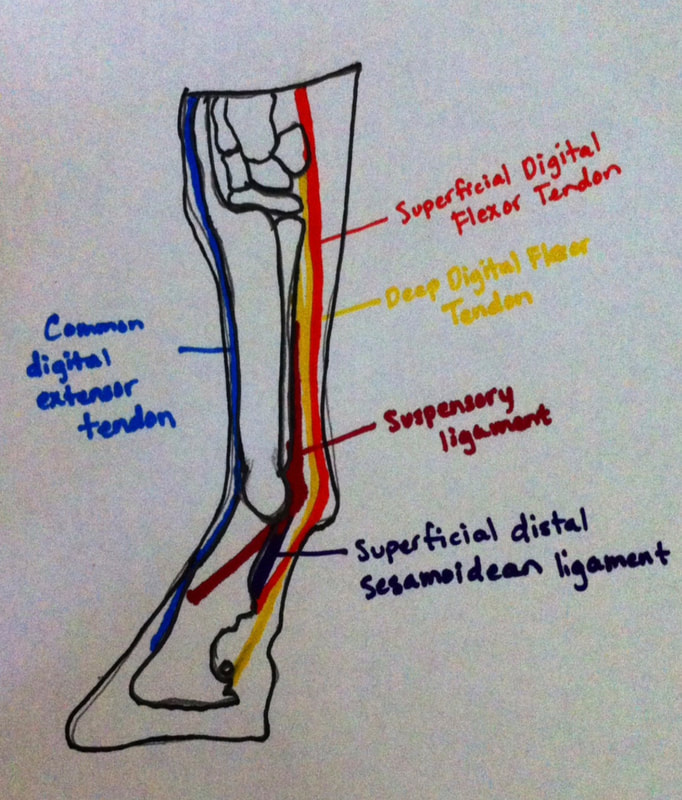 The most commonly damaged tendons of the lower leg are the superficial digital flexor tendon and the deep digital flexor tendon. The most commonly damaged ligaments of the lower leg are the accessory ligaments and the suspensory ligament. Injuries usually result from excessive loading and over-stretching of the tendons and ligaments or trauma to the ligaments (can be caused by a hoof hitting the leg or running into something). Support boots as seen in the pictures above can be used to reduce the risk of injury during training and performance. What I like about the Kavallerie BootsI have used numerous support boots throughout my equine career and the Kavallerie boots have proven to be one of my favorites. I like how easy they are to put on and off and they are also very easy to clean. They are comfortable for the horses and provide support without restricting movement. They can be used with both English and Western disciplines.
Holistic Animal Studies by Angel’s Animals, LLC is an online program that is based out of Port Orange, Florida USA. We also have an office in Superior, Colorado and instructors in Michigan, Minnesota and Alberta, Canada. We currently have students and practitioners in over 30 countries. Our Holistic Animal Studies family is made up of students mainly in the USA, Canada and Australia, although we have students on every continent. Even though some of our students are thousands of miles apart, we are all connected by our desire to help animals and support each other through online platforms and social media. Our students and practitioners aid each other during their educational journey and develop lasting relationships. We are constantly impressed with the compassion and guidance our family of practitioners provide each other with. Our school focuses on individuals who would like to begin a career in animal bodywork and also those who are looking to add new techniques to their existing practice. We also offer courses for animal owners, but mainly focus on courses for professionals. I have always been passionate about animals and knew I would work with them in some aspect. I grew up in Gloucester, Massachusetts, which is a small fishing community. My parents had dogs when I was born, but they did not share my same passion for animals. I was constantly bringing new animals home and convinced them to let me start horse back riding lessons as a young child. I ended up acquiring my first horse when I was 11 or 12 years old and have owned horses since then. I moved to Tucson, Arizona after completing high school and received a BS in Veterinary Science with a Minor in Equine Science from the University of Arizona. I decided to stay there for graduate school and earned a Master’s in Veterinary Pathobiology while working on infectious diseases. During my time in Arizona, I began to become more holistic oriented in the way I cared for my animals which led me to pursue an education in chiropractic. I received my Doctorate in Chiropractic from Palmer College of Chiropractic in Port Orange, Florida. While I was in chiropractic school, I began taking extracurricular courses in animal chiropractic. During that time I also begin experimenting with the techniques I was learning for human patients on animals. I was so impressed with the results I was getting from utilizing kinesiology tape on animals, that I developed one of the first animal taping courses. I also began teaching other chiropractors how to perform adjustments and soft tissue releases on animals. This was the beginning of my career as an educator and led to the development of the courses I teach today. During the process of creating and building this school, I learned a lot about my perseverance, intentions and dedication. Most importantly, I learned a lot about my students and practitioners and how capable they are at learning these techniques and successfully applying them. The amount of talent and love in this world is amazing and I am constantly impressed by our student’s ability. I feel blessed to be able to help people realize their talents and play a role in the creation of animal healers.
|
AuthorDr. Angelique Barbara is the founder of Angel's Animals LLC, a company that has developed online animal bodywork courses for both owners and professionals. Dr. Barbara's unique teaching style along with the dynamic layout of the courses allows people of different educational backgrounds from all over the world to benefit from her knowledge. Archives
May 2024
Categories
All
|








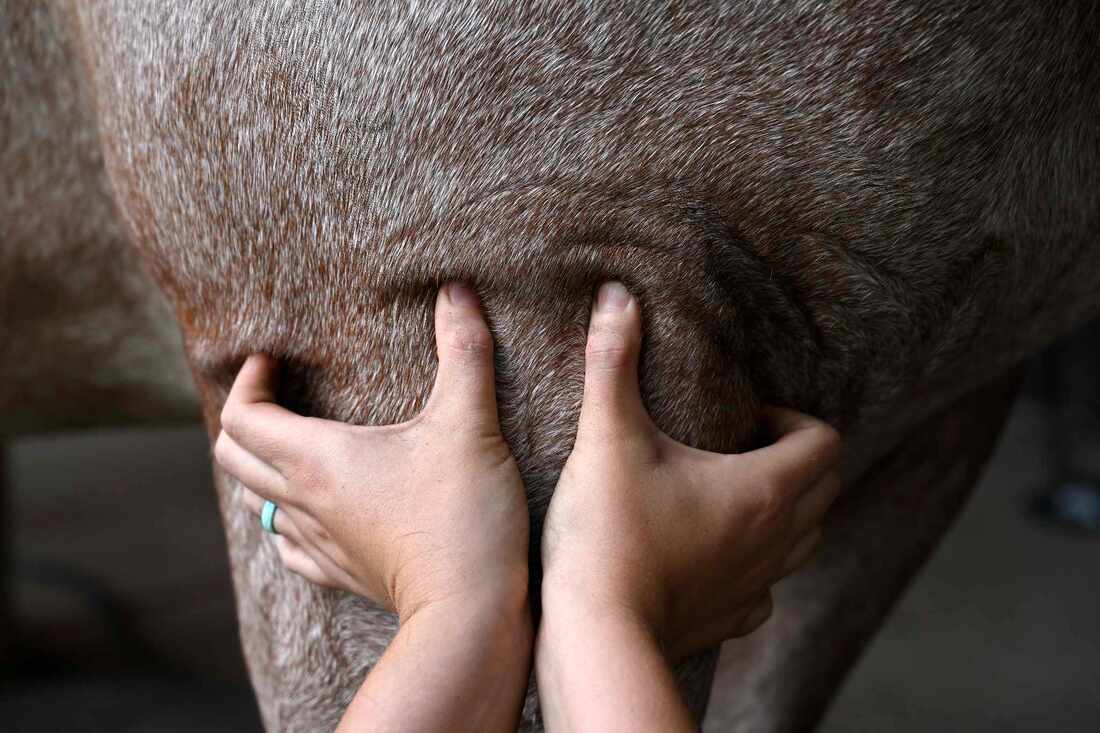
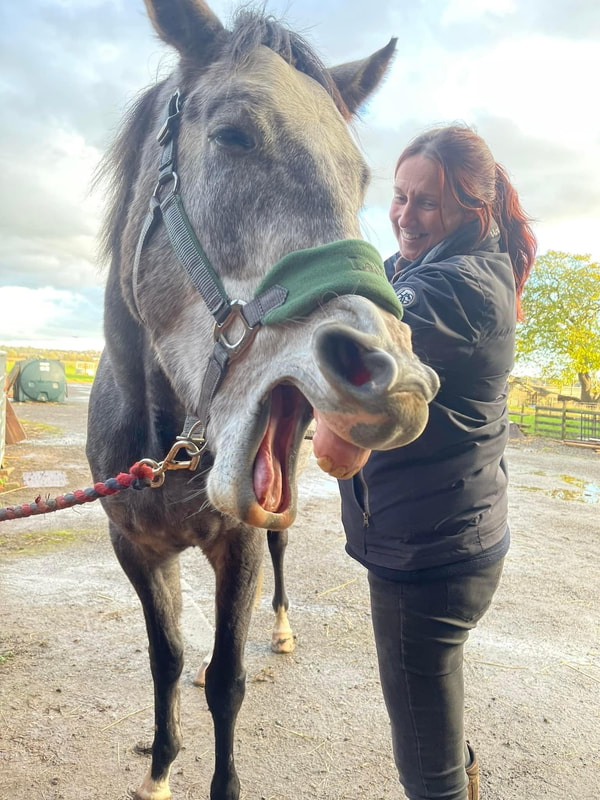


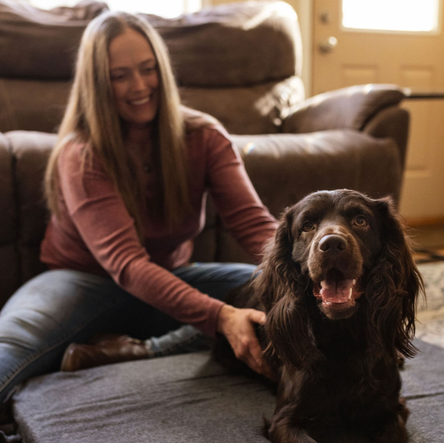
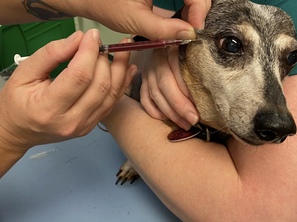

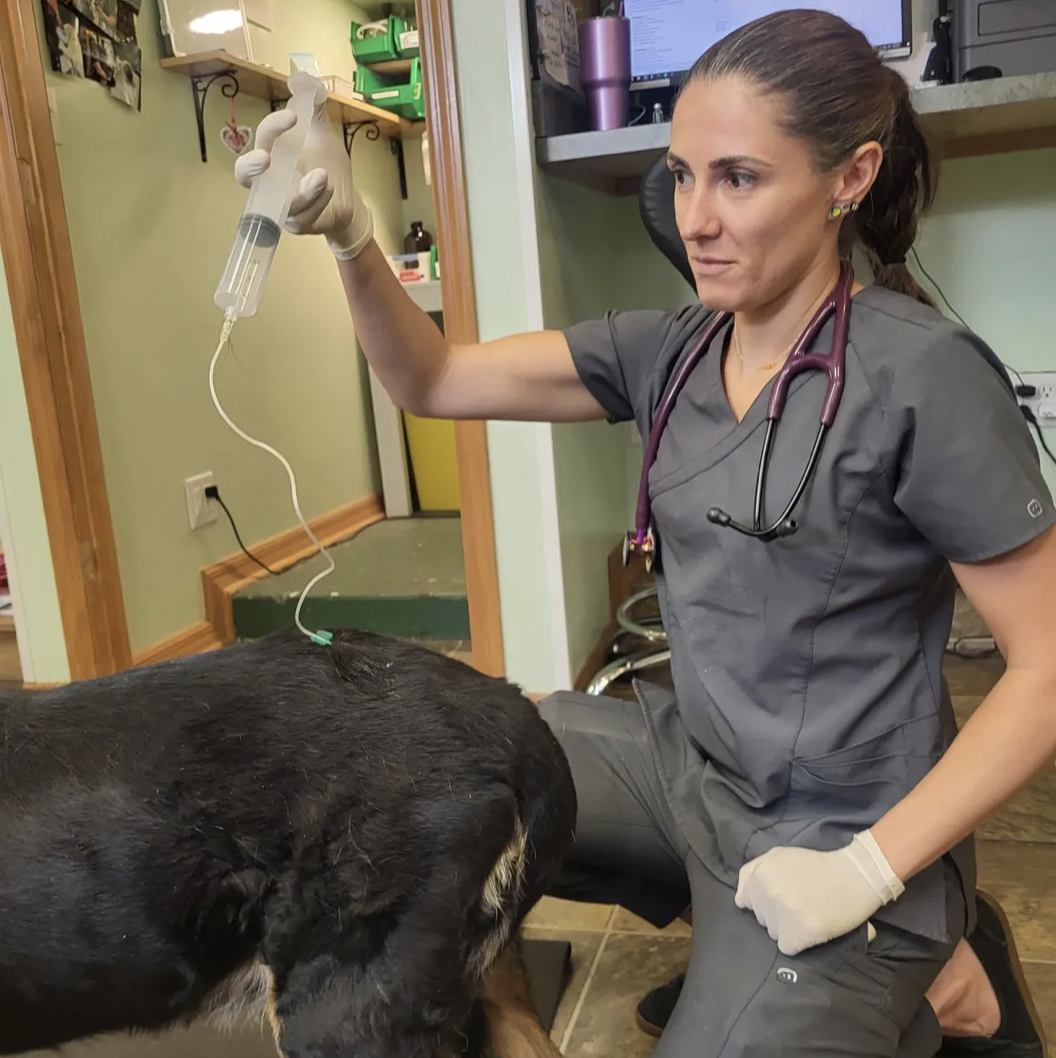

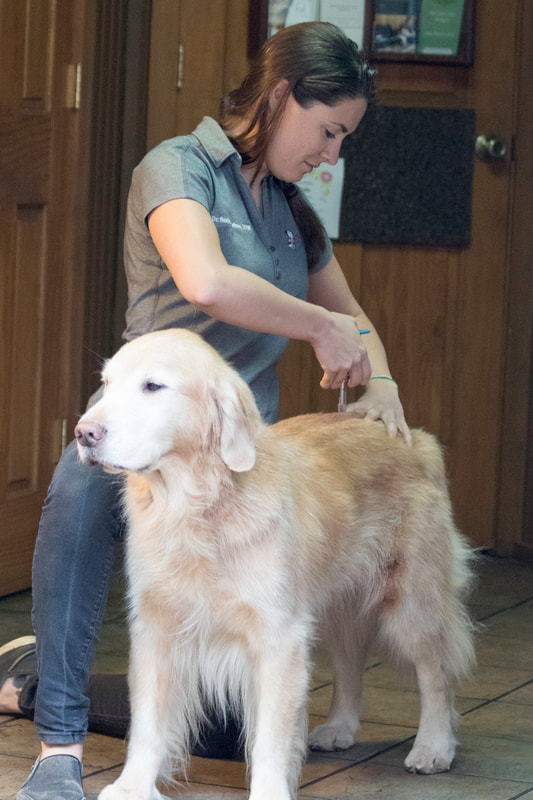
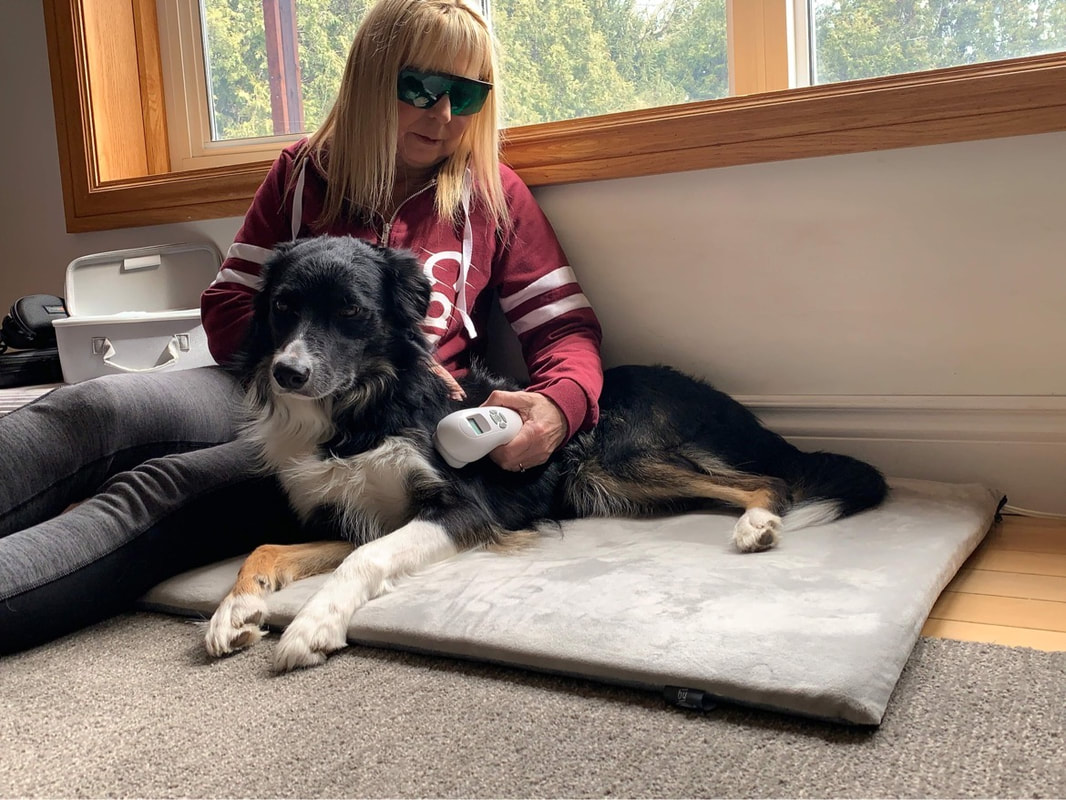
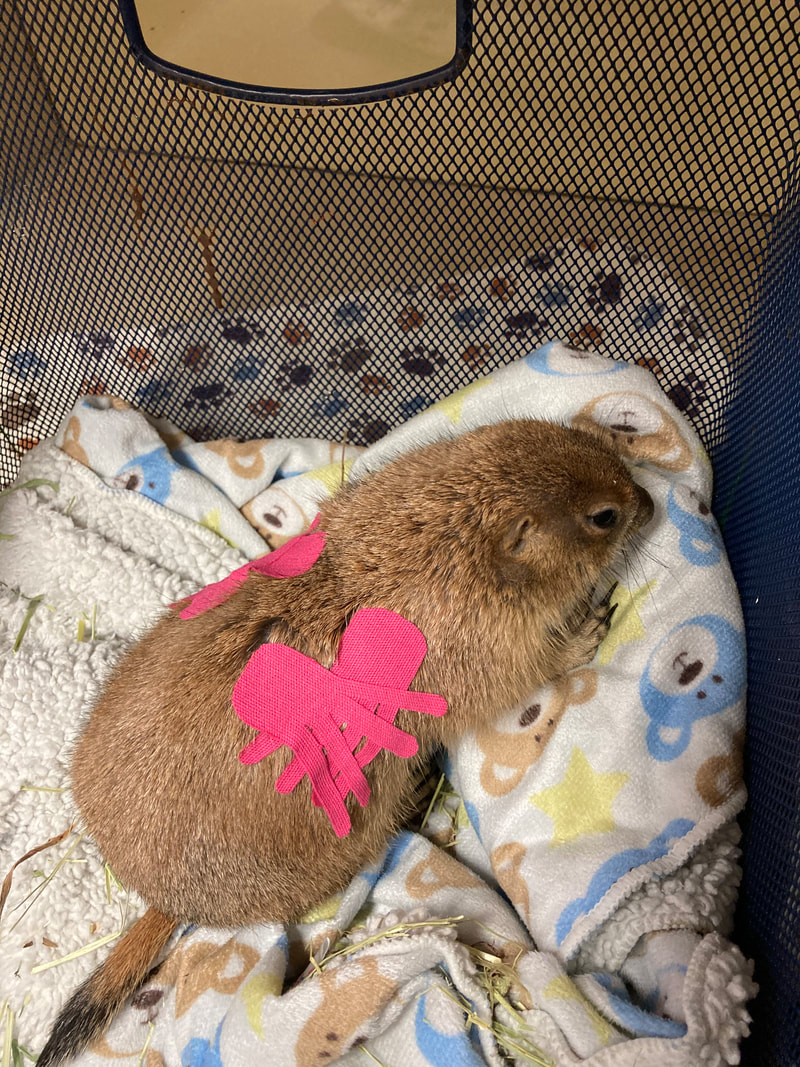
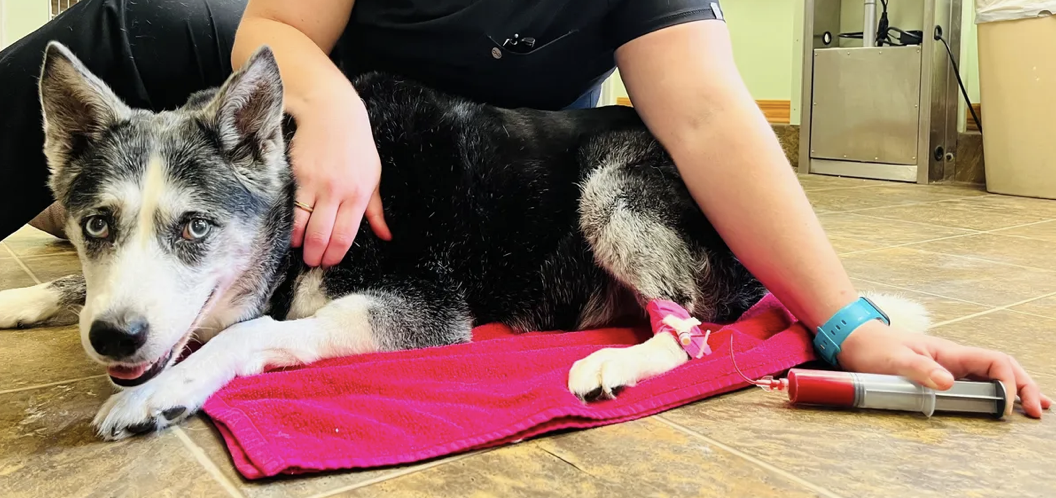
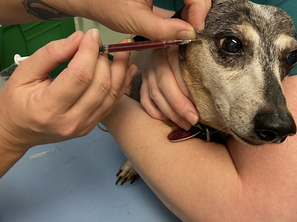
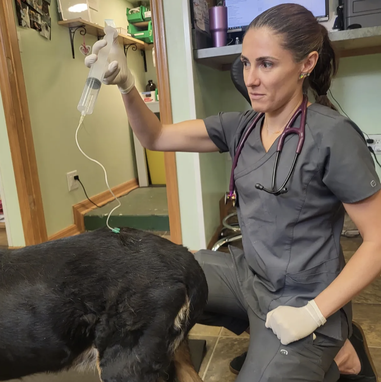
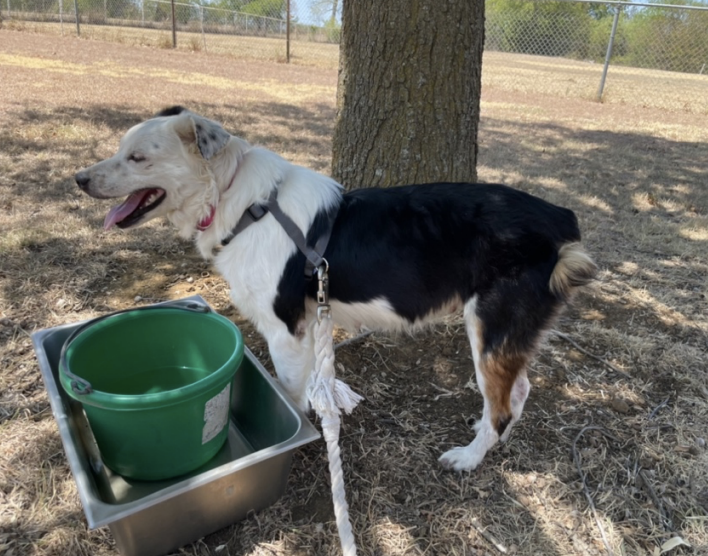
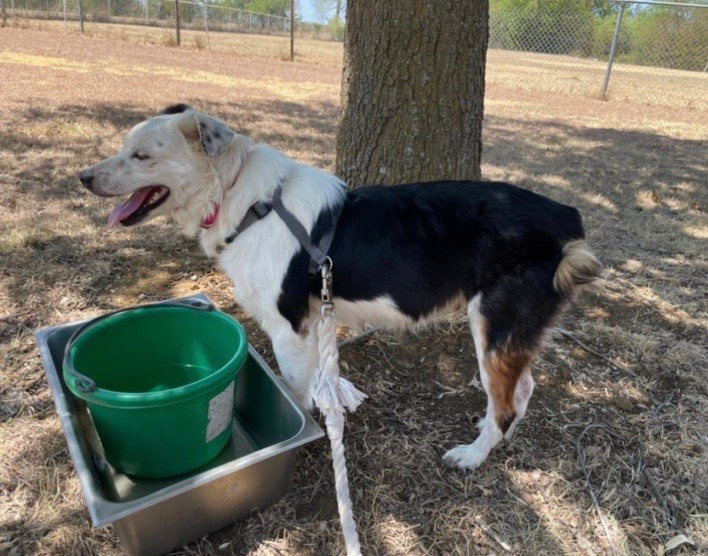
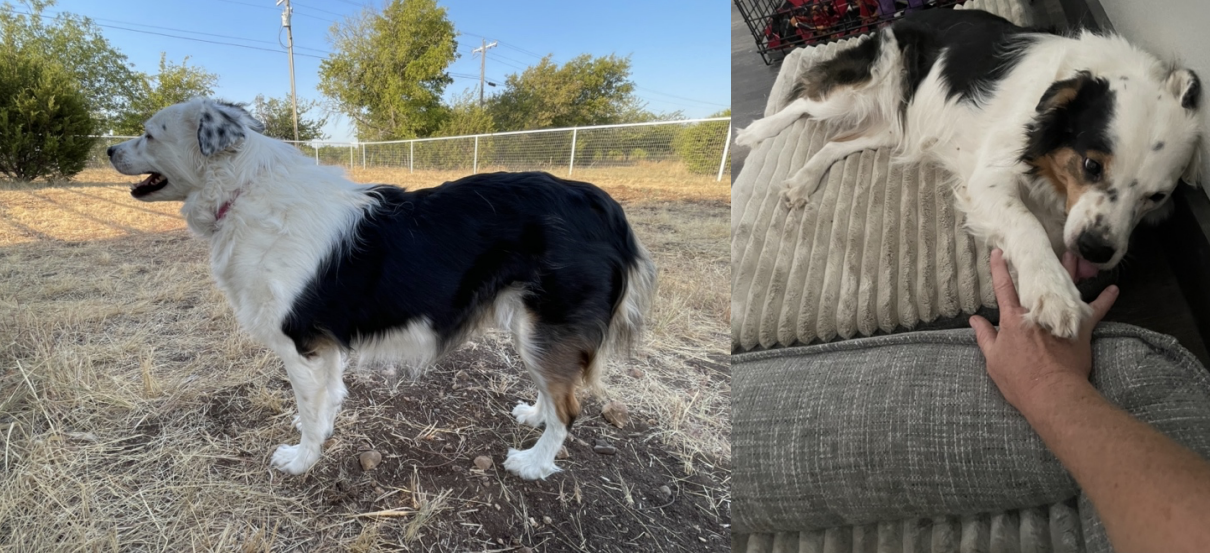
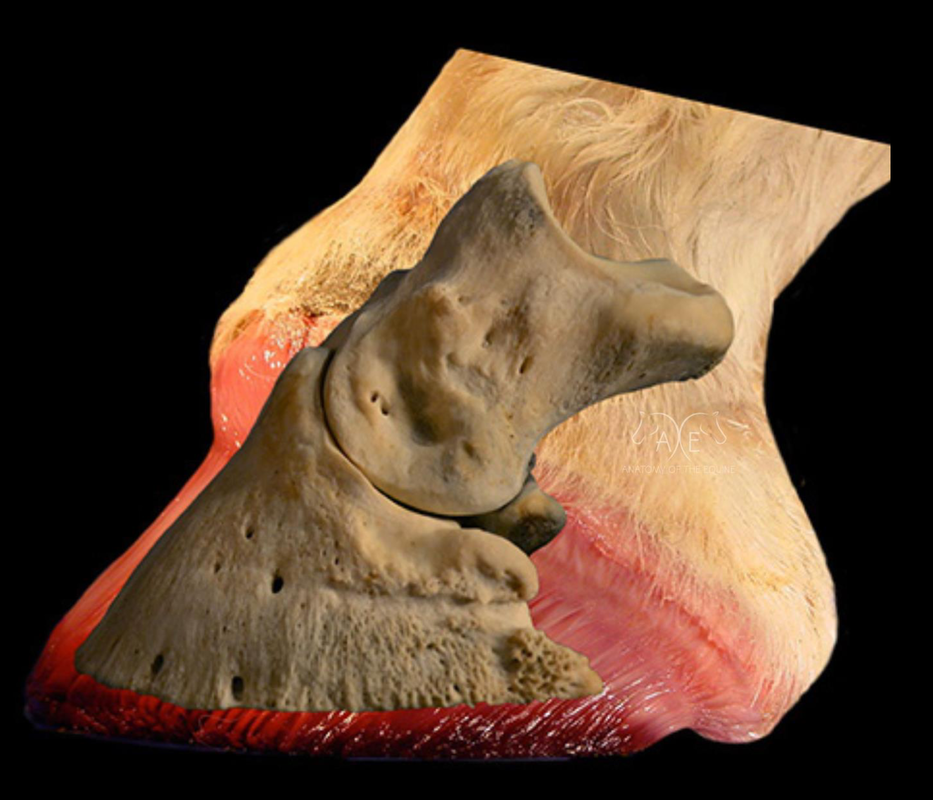
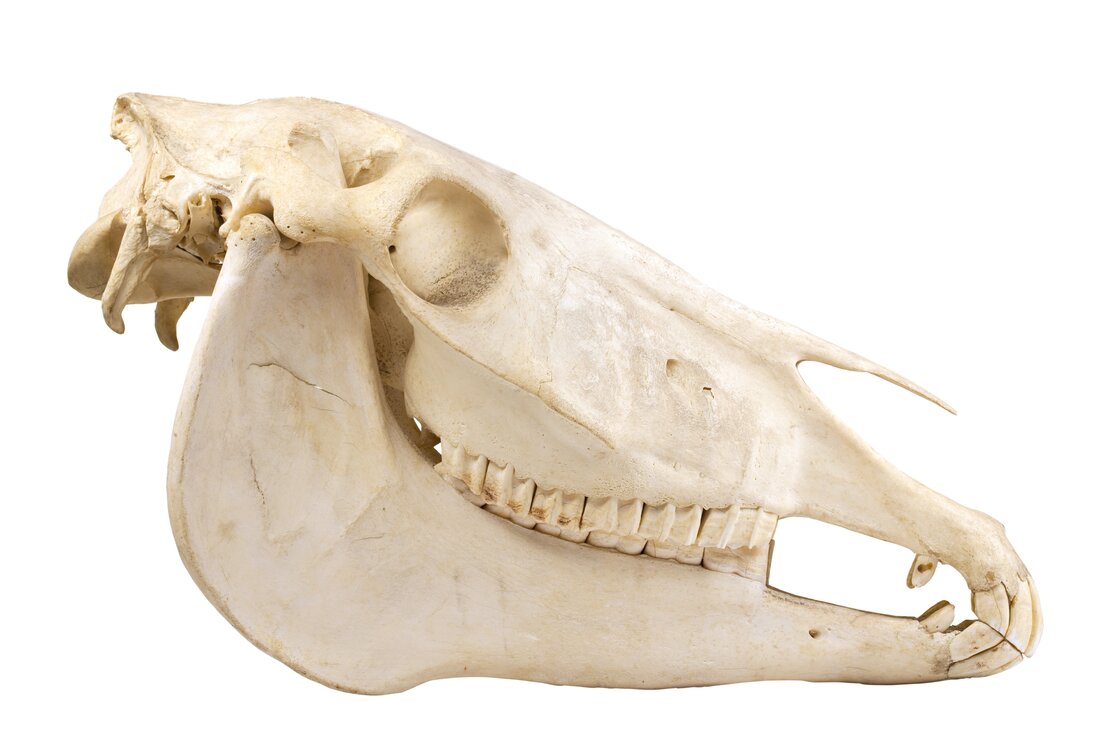
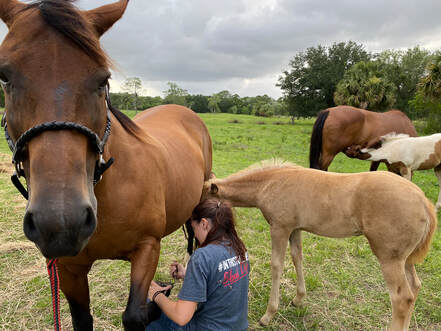
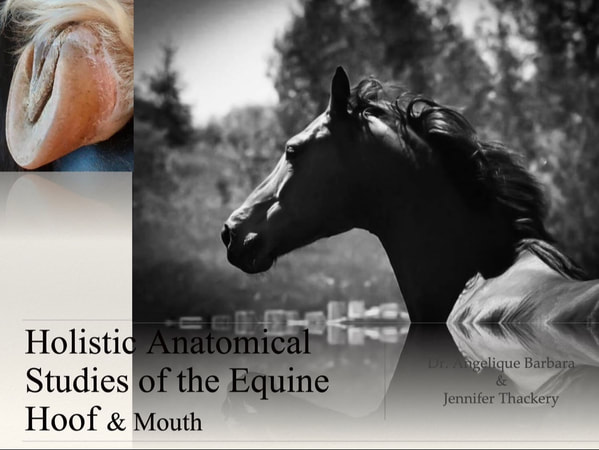
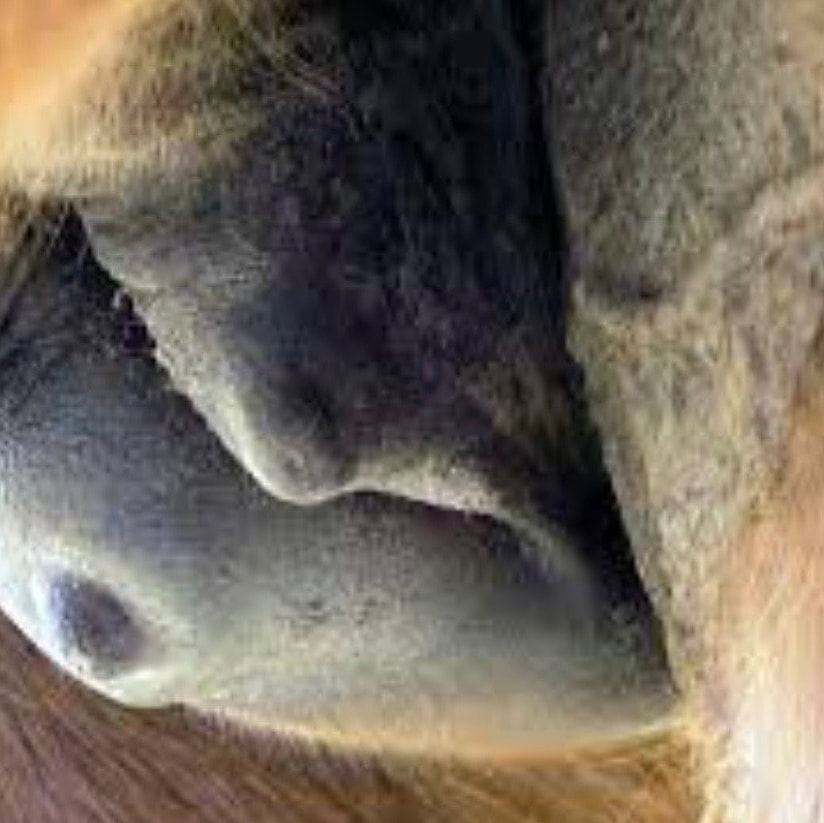
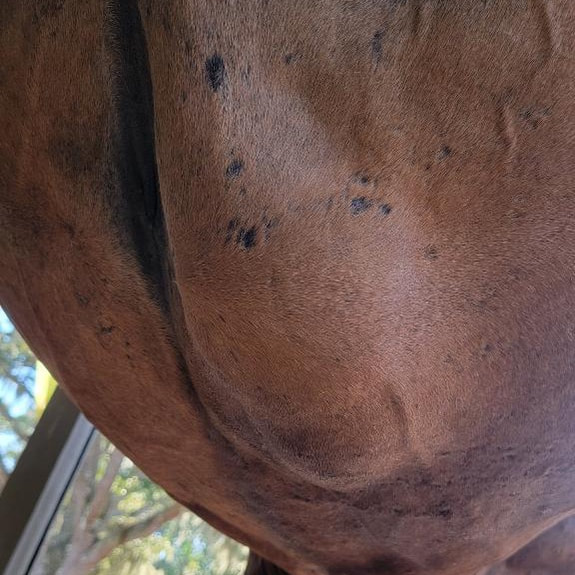
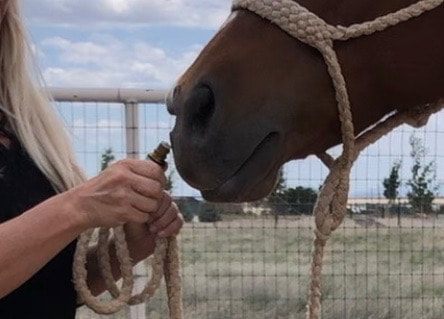
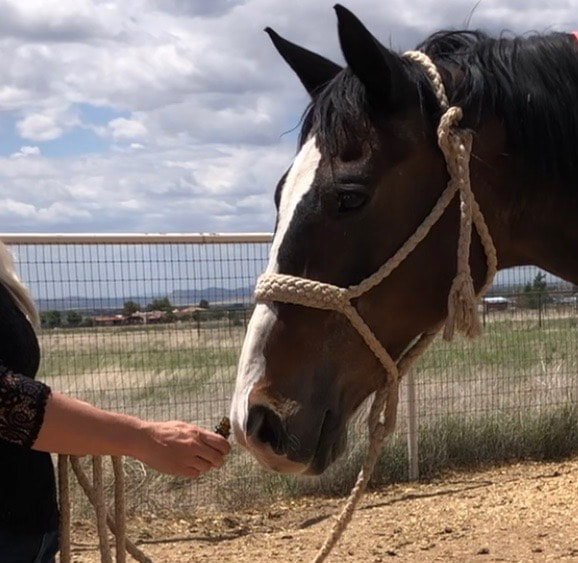
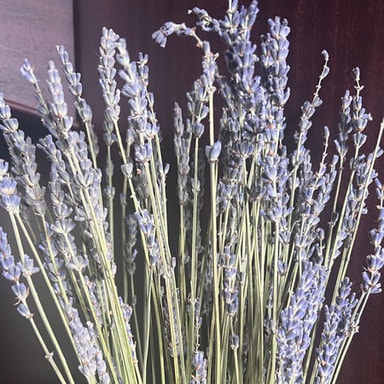
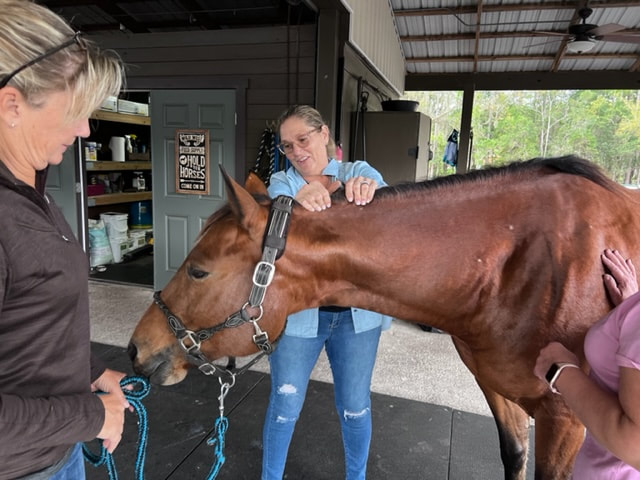
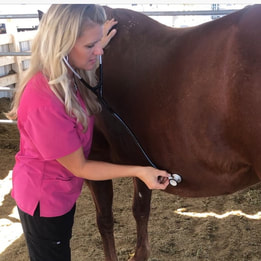
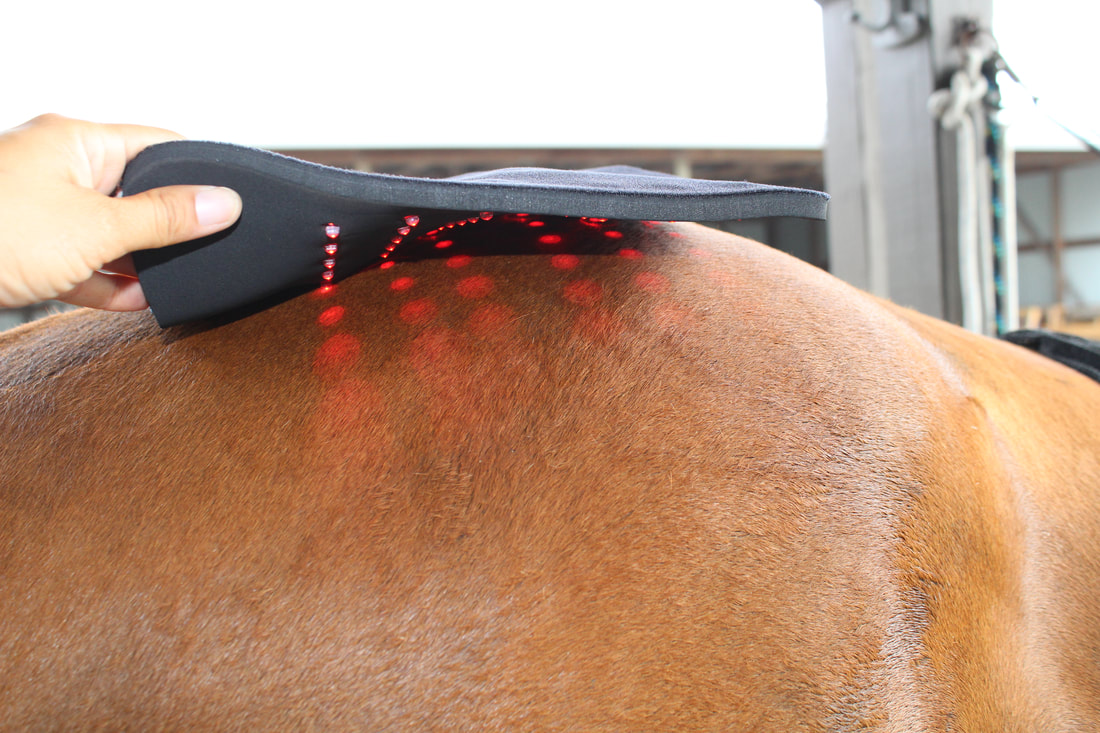
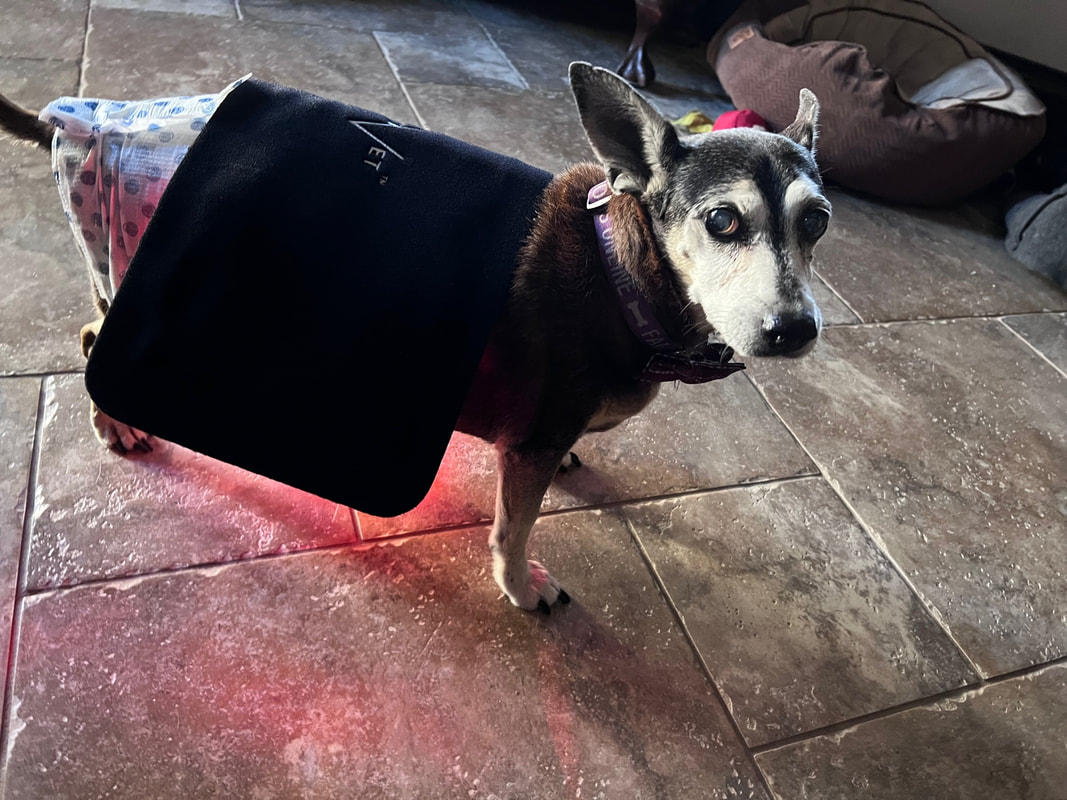
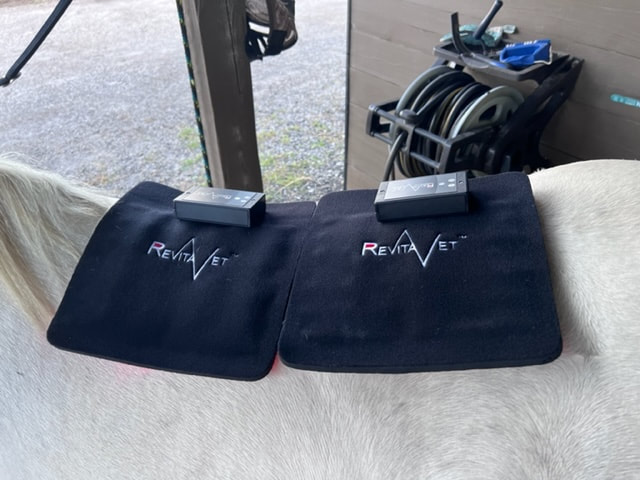
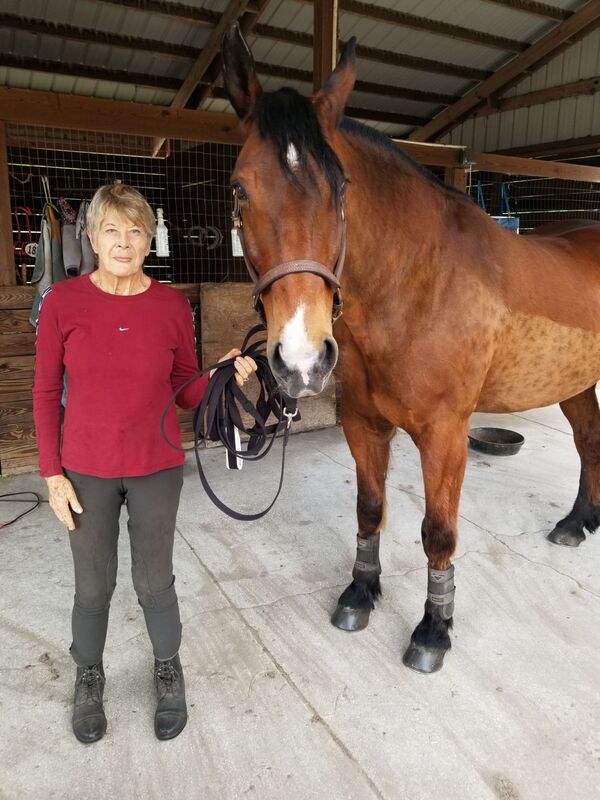
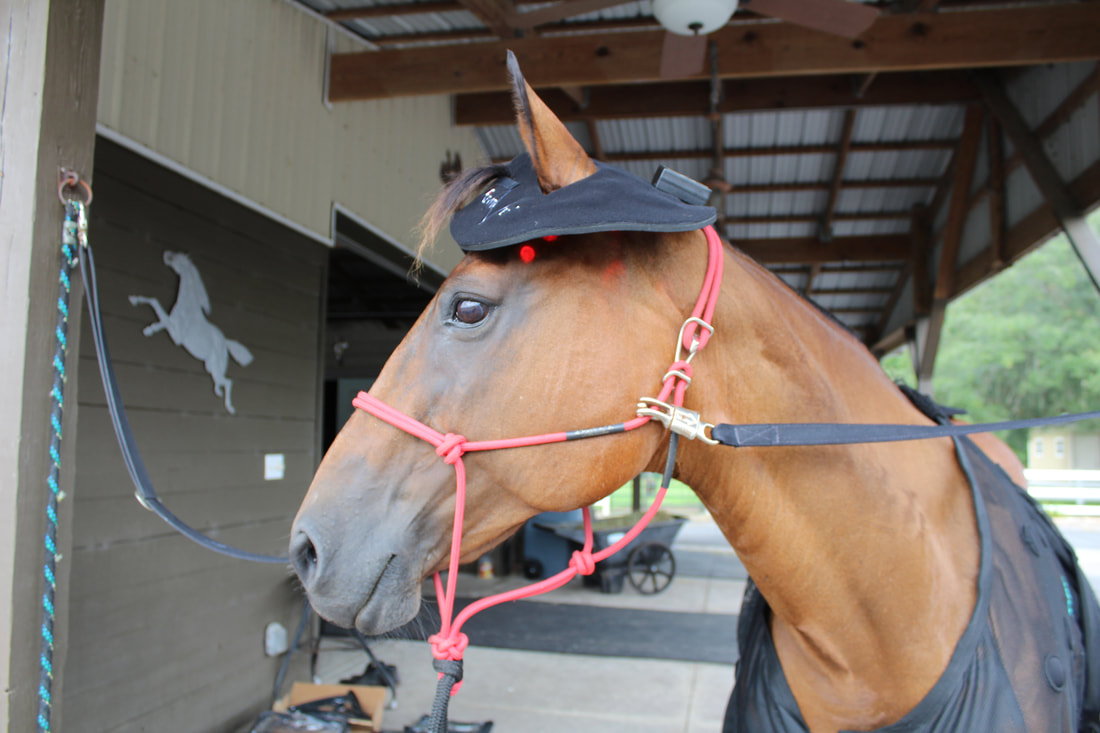
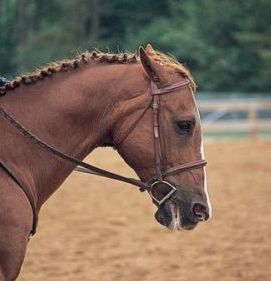
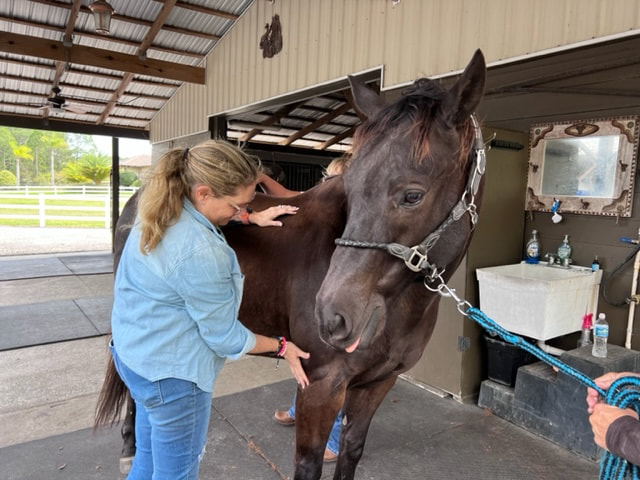
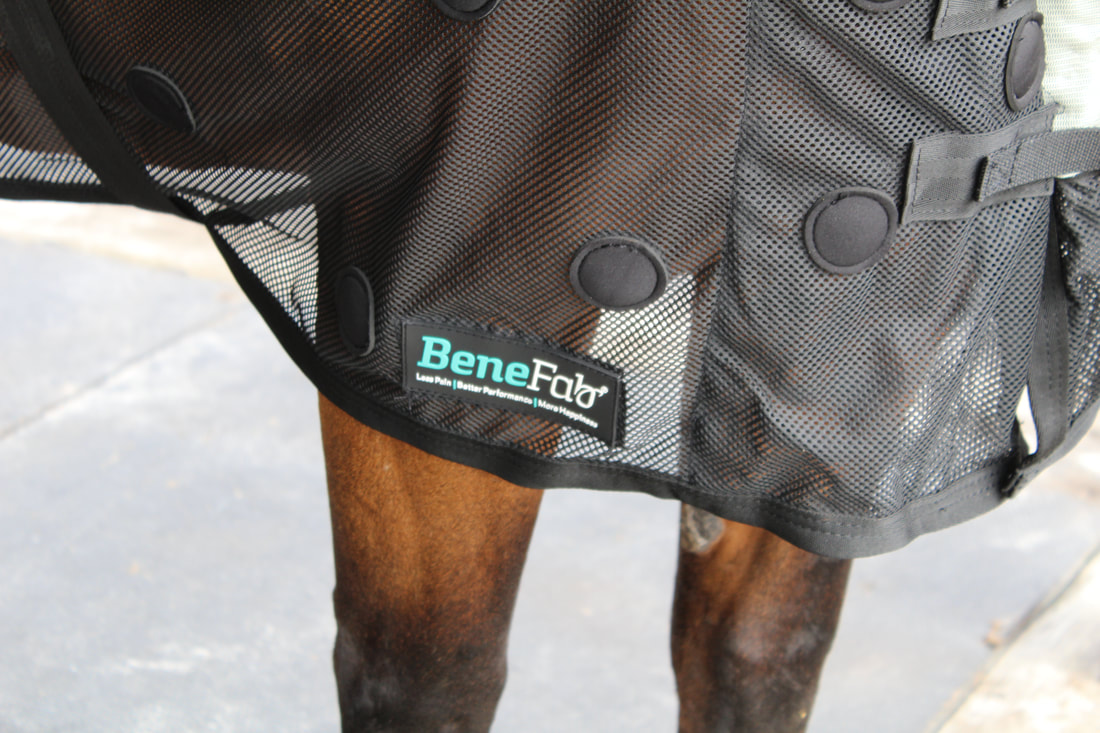
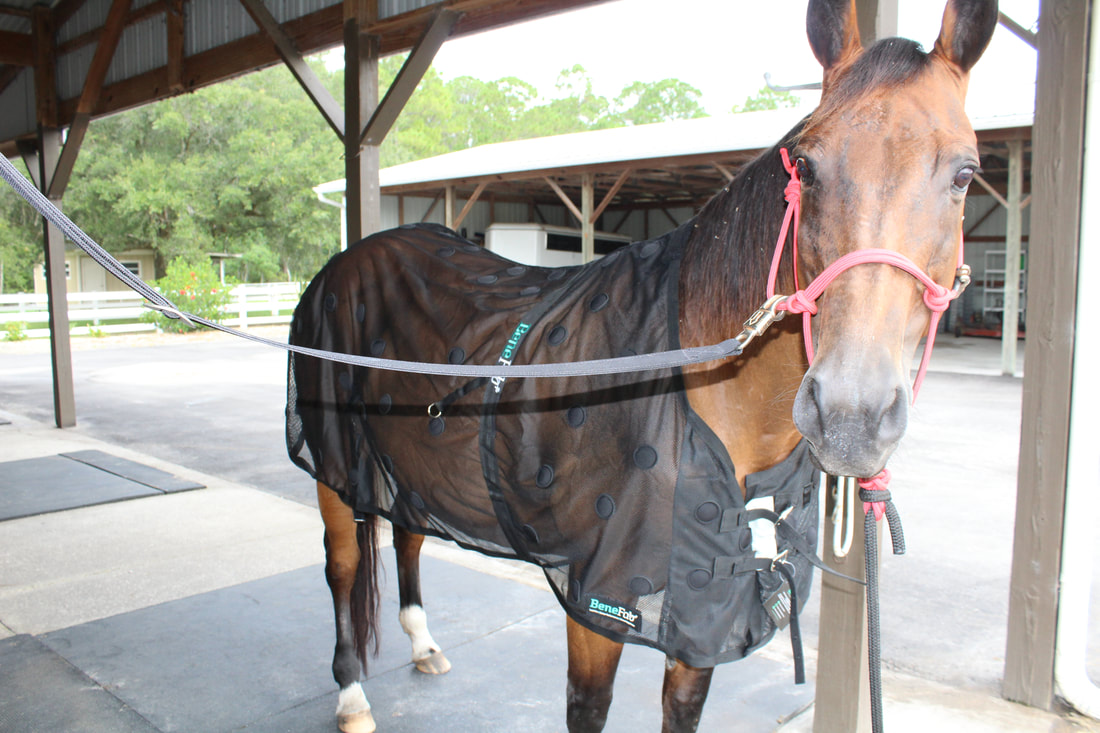
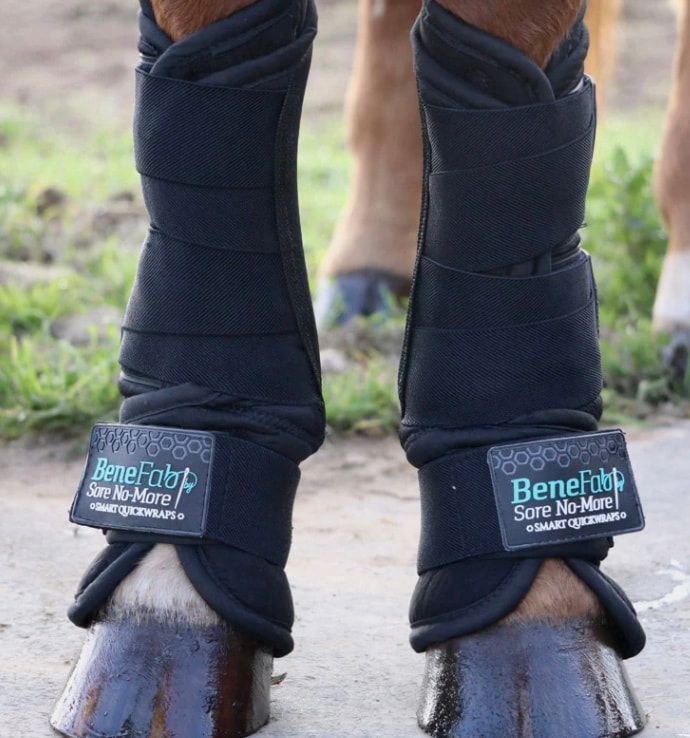
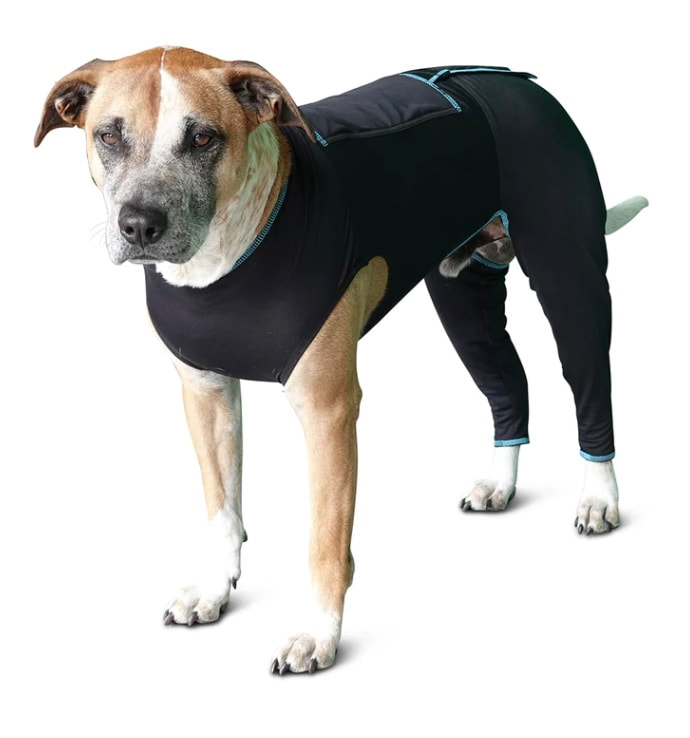
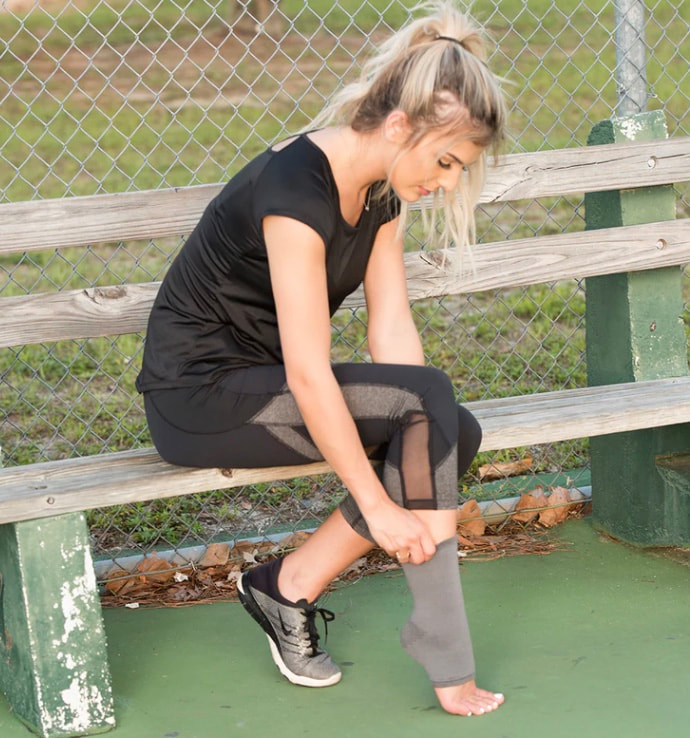
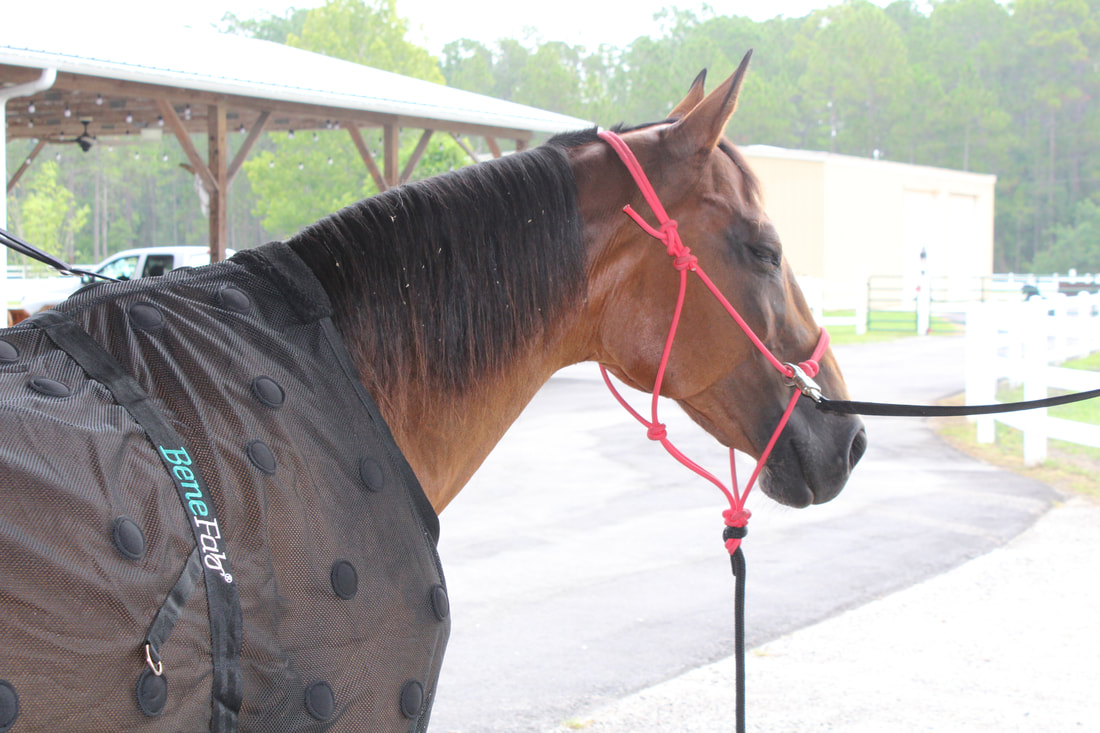

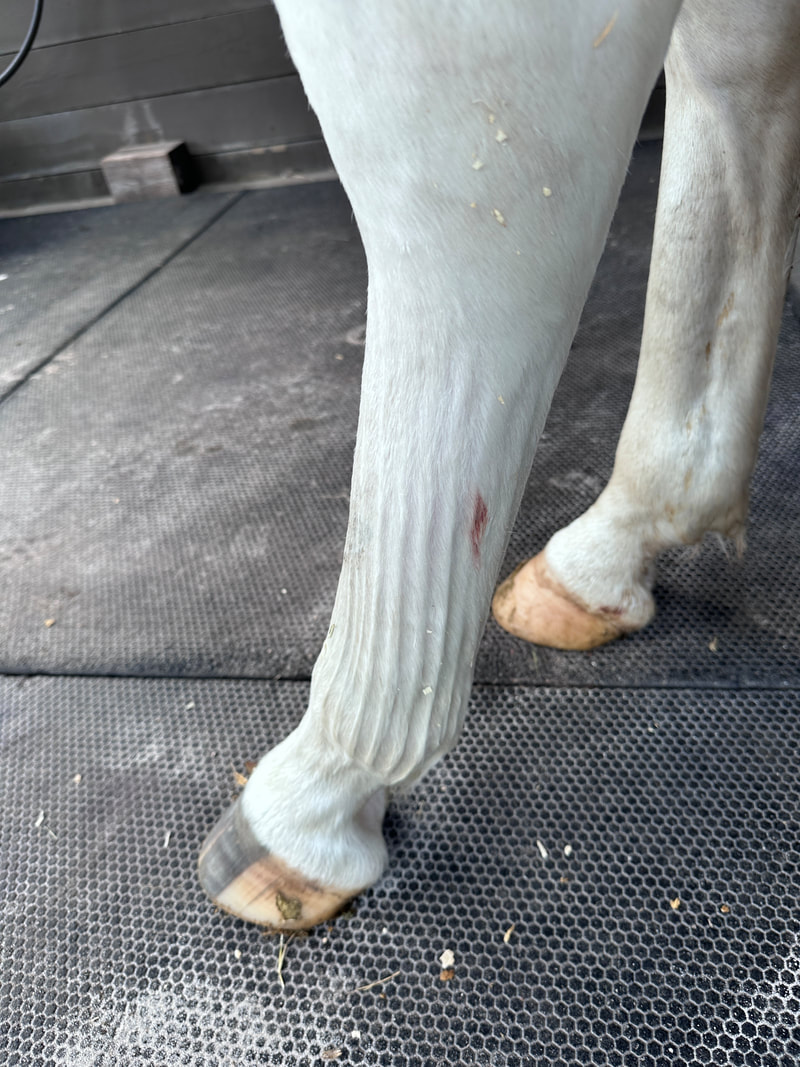
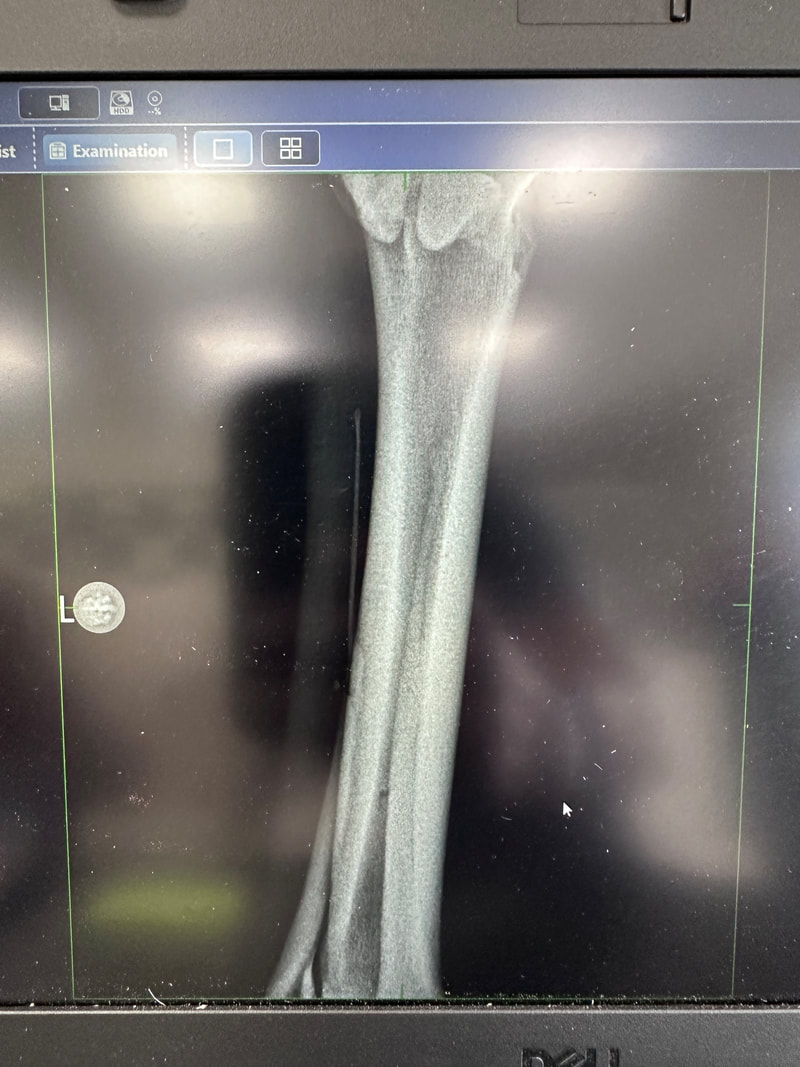
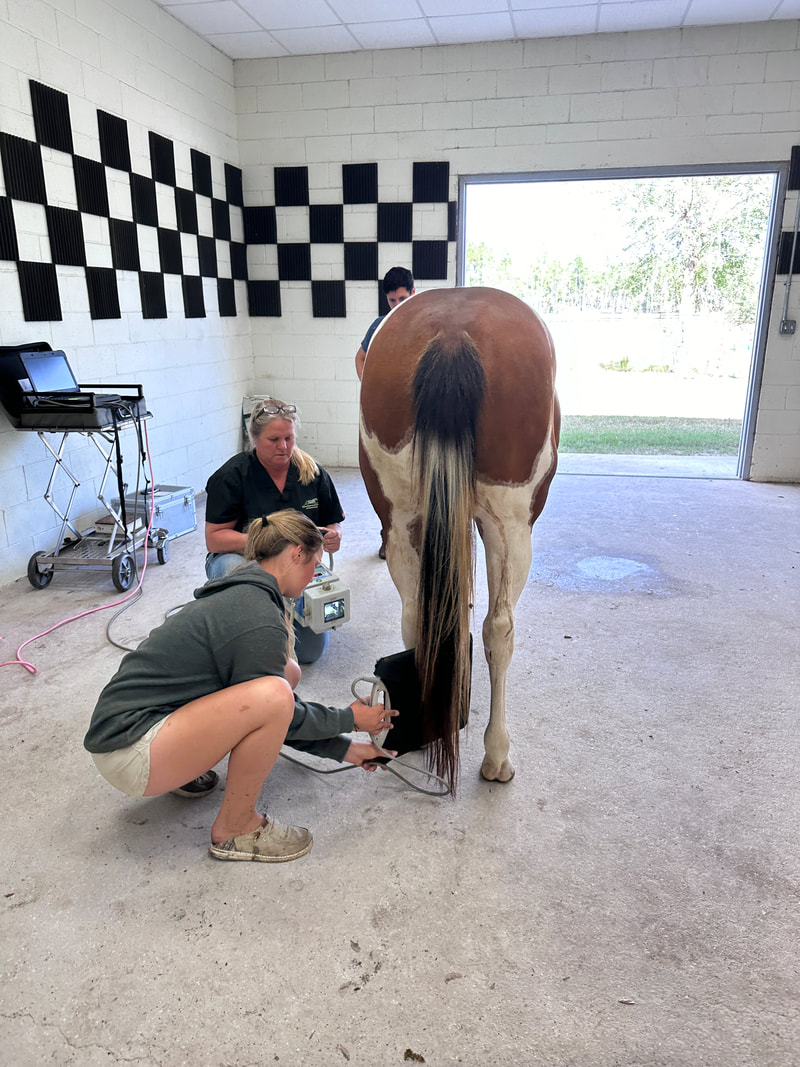
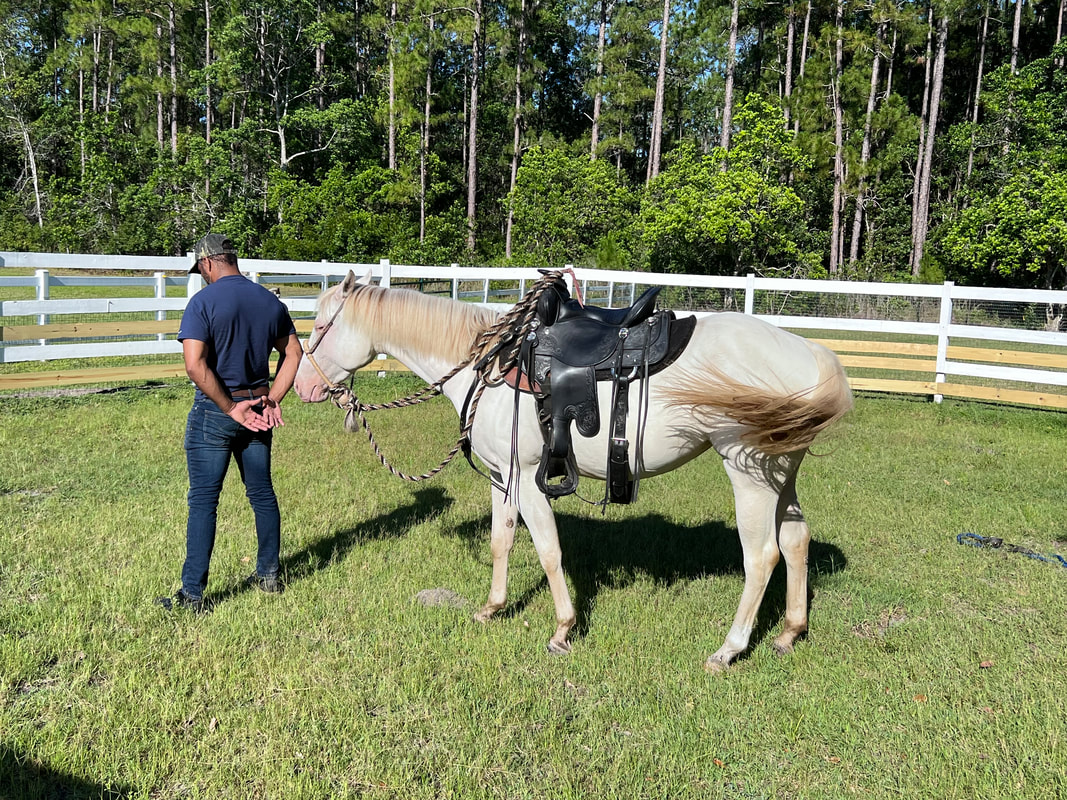
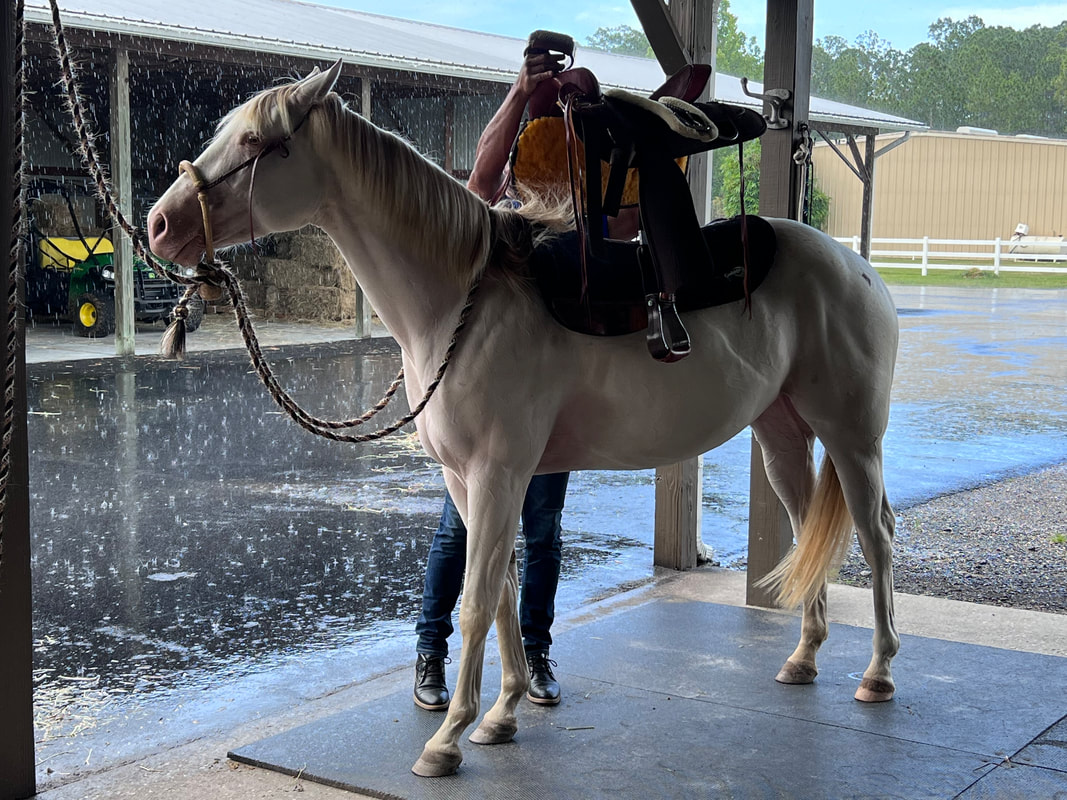
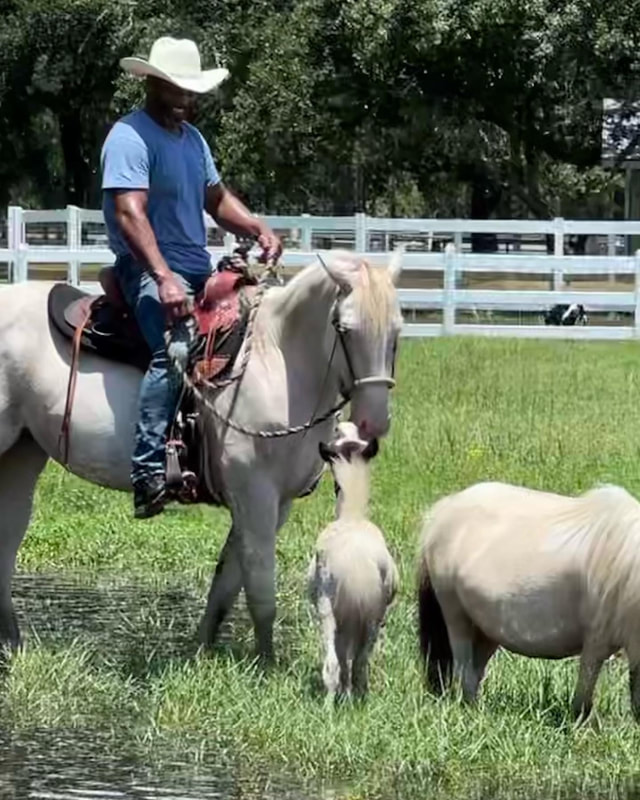
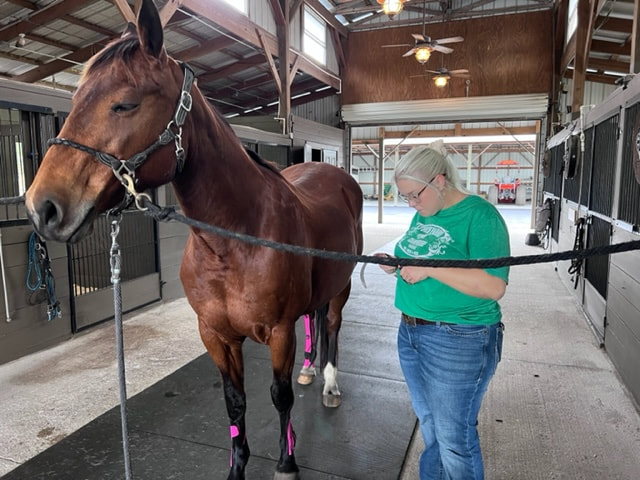
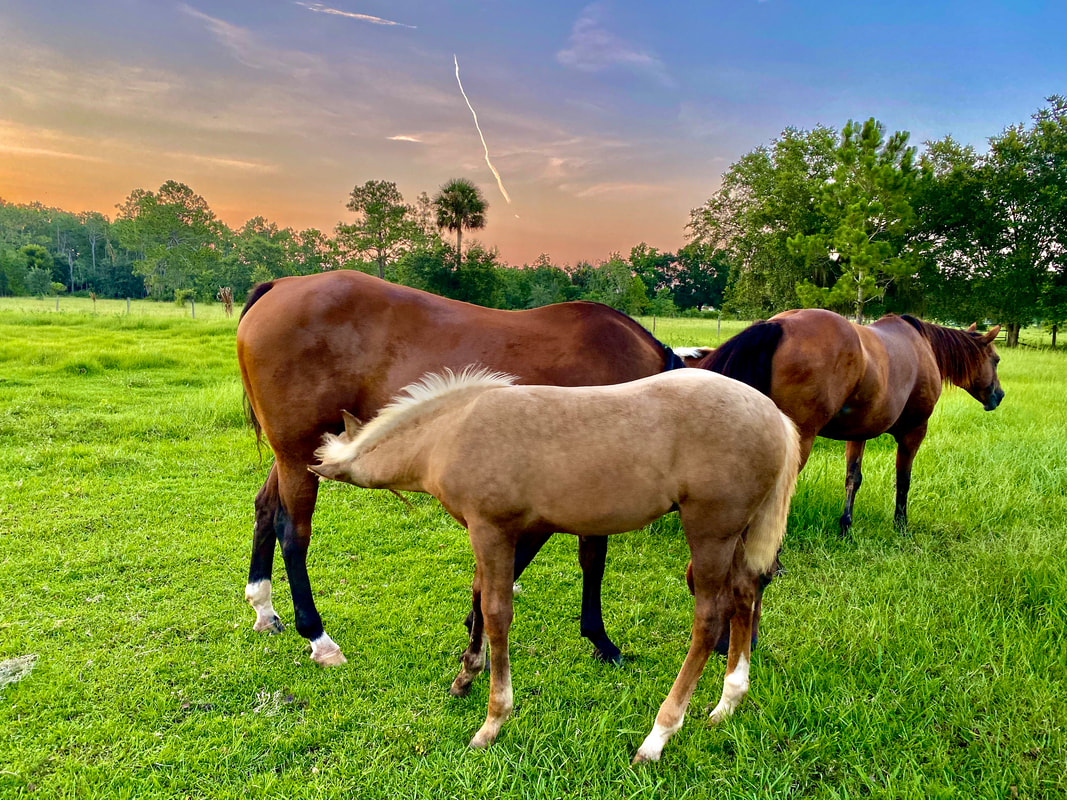
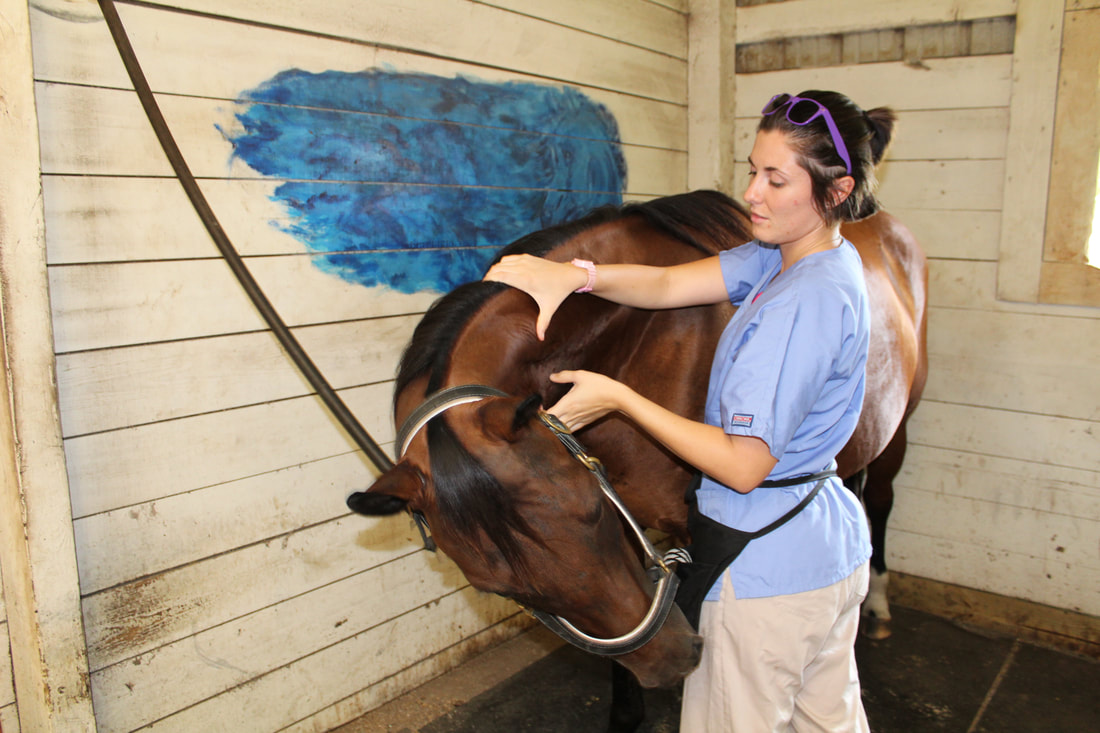
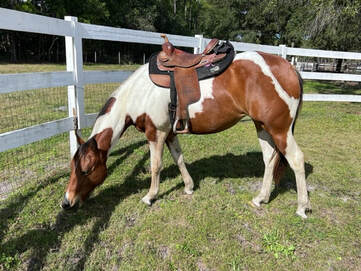
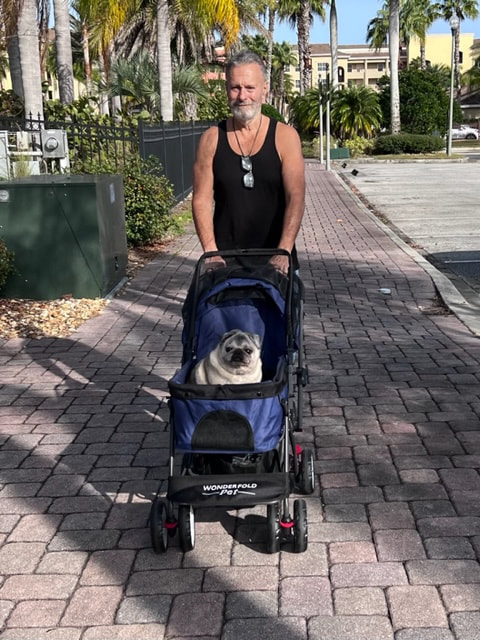
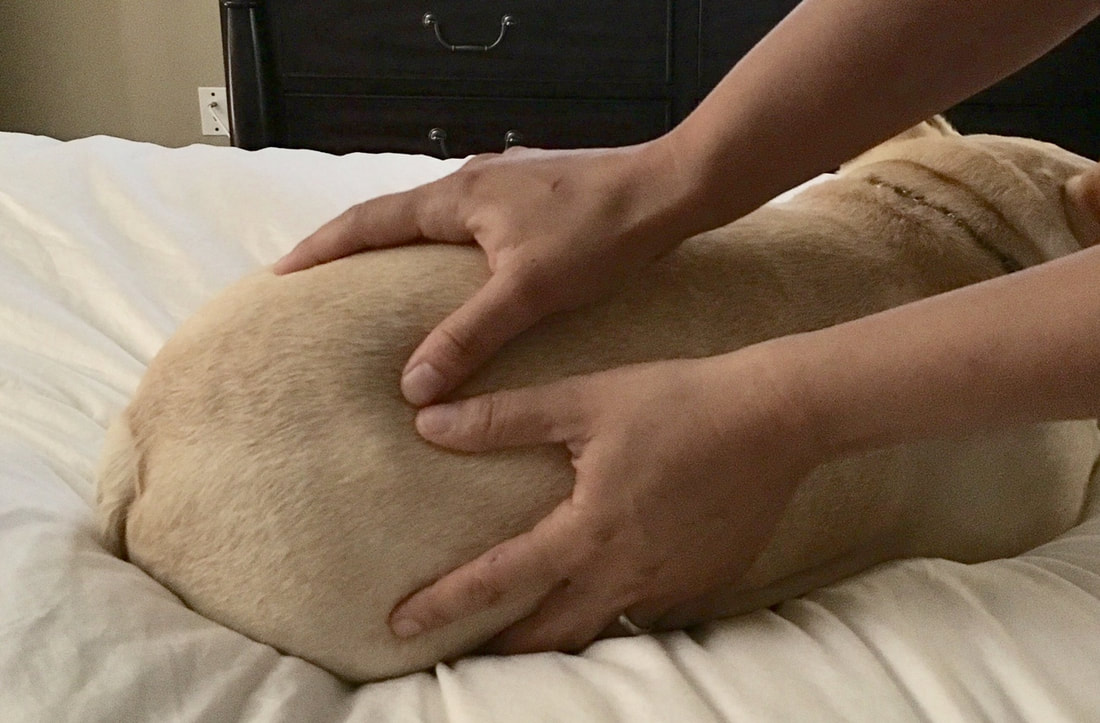



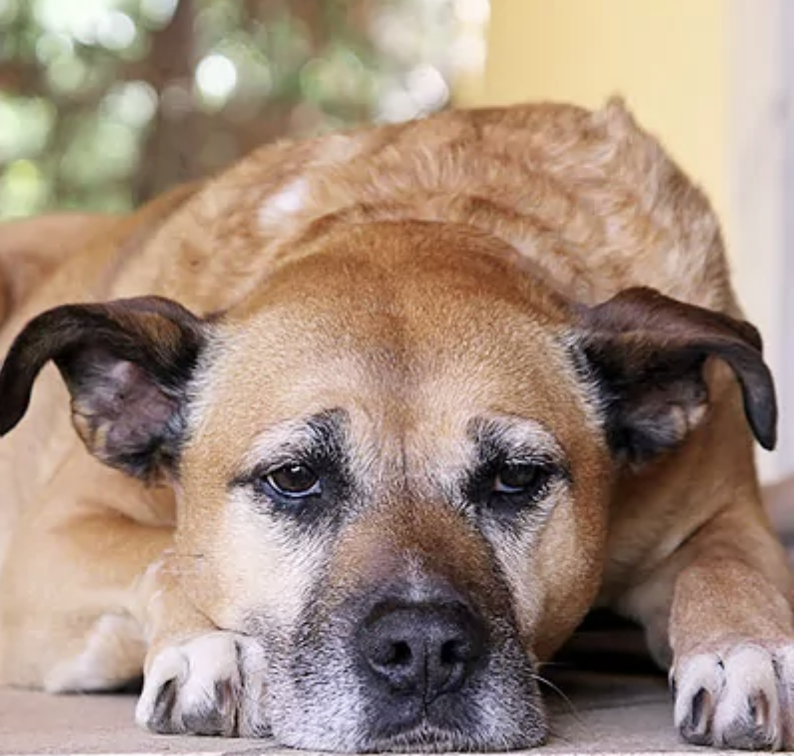
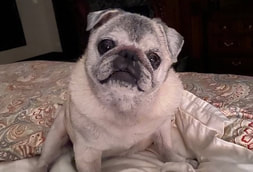

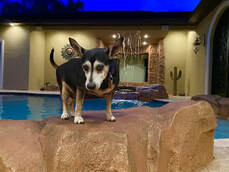
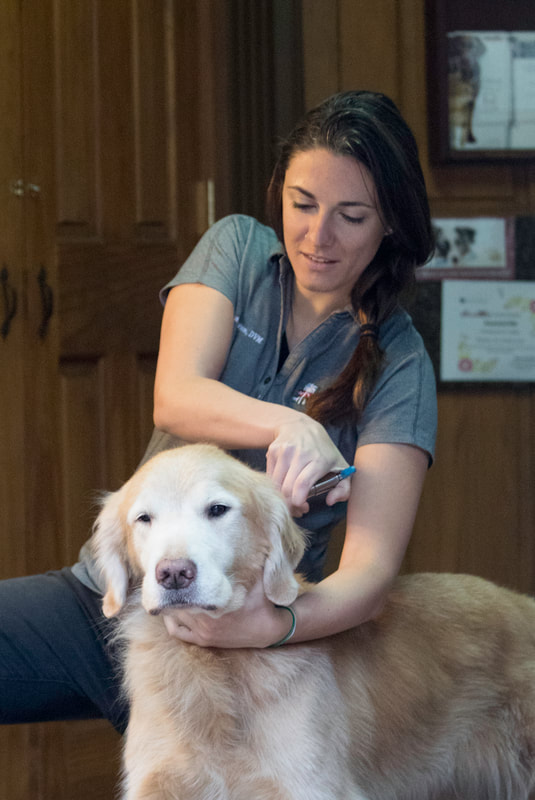
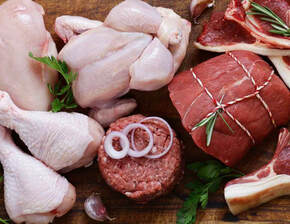
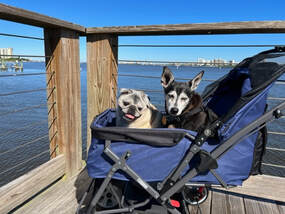
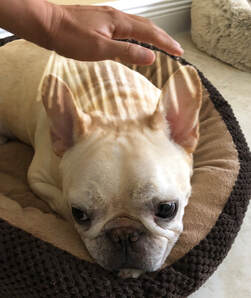
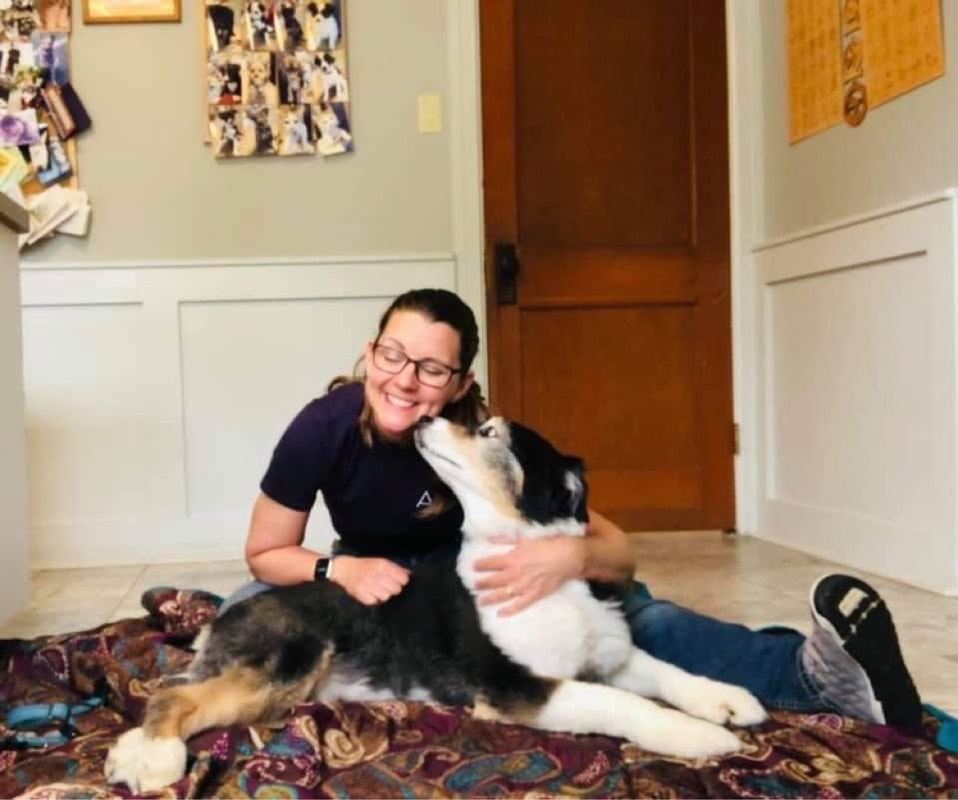
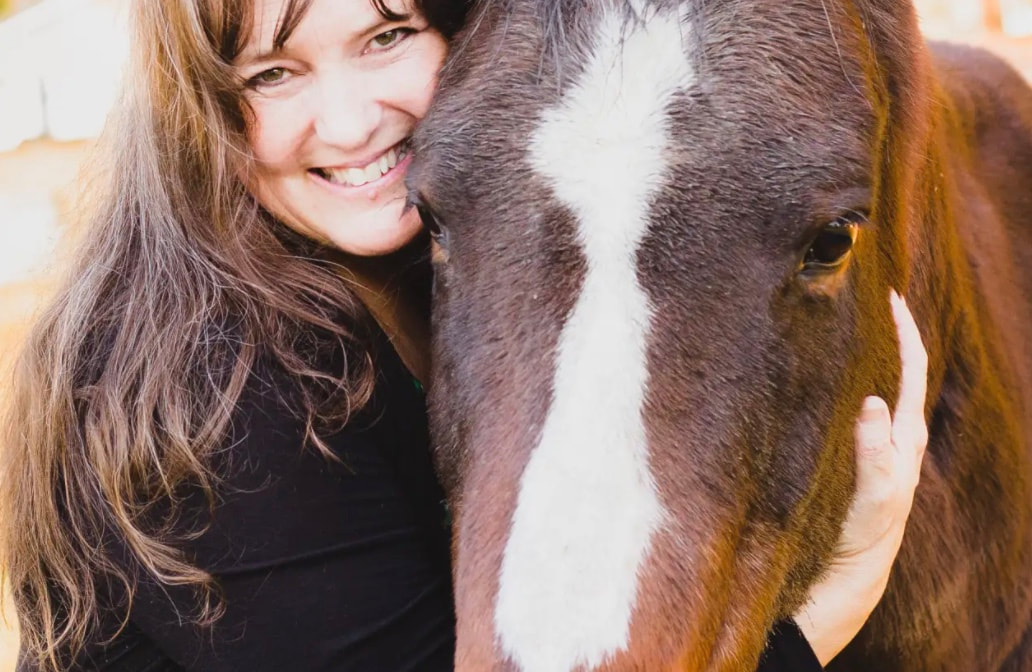
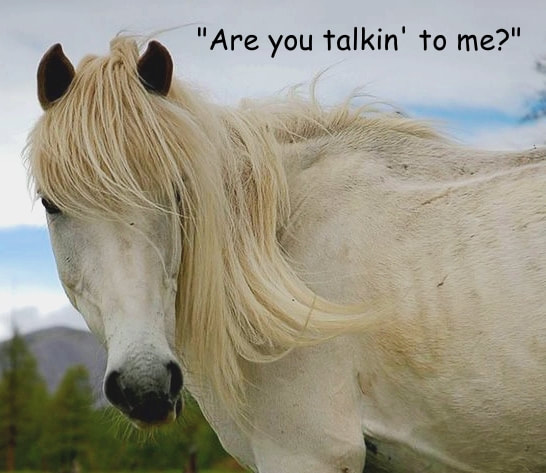
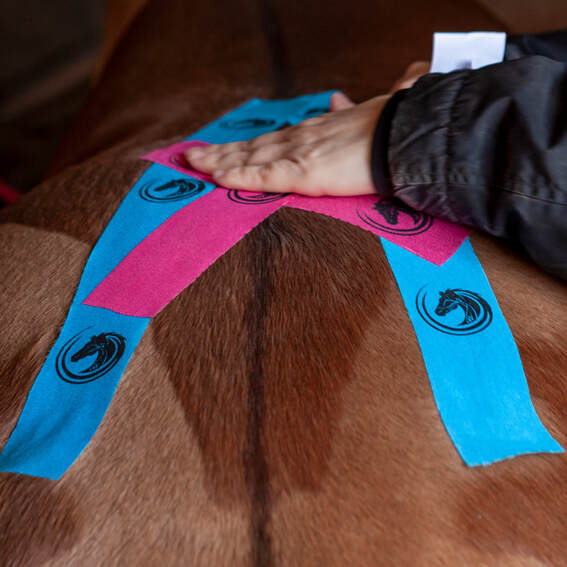

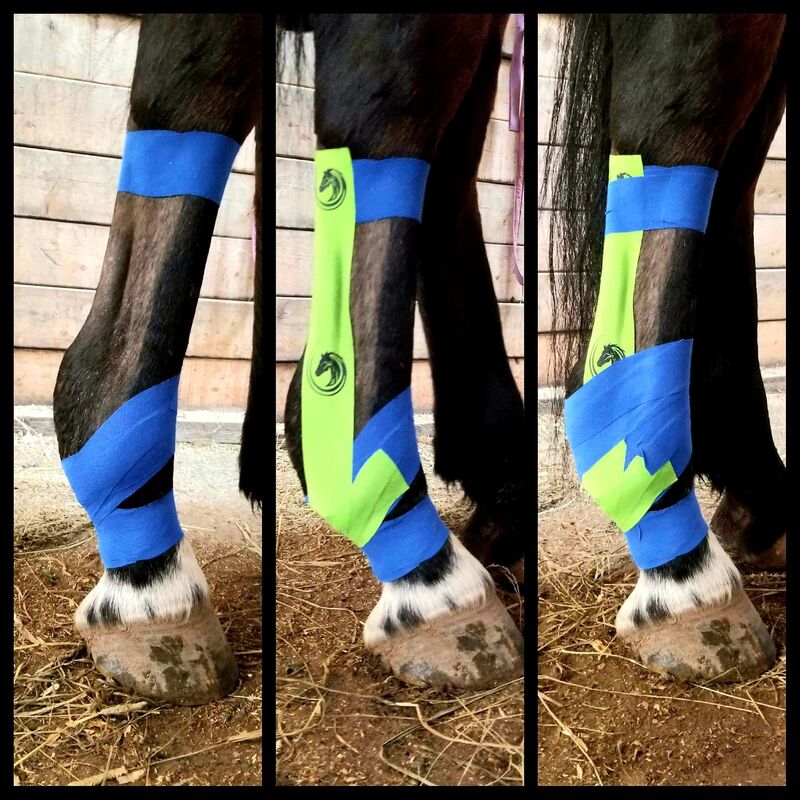

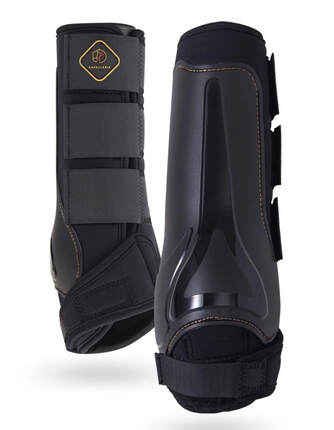
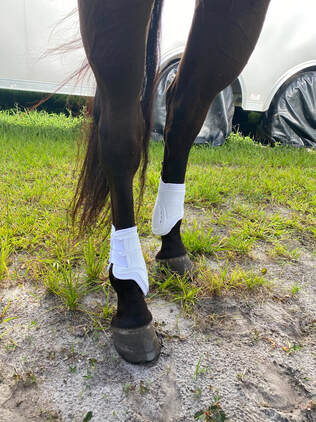
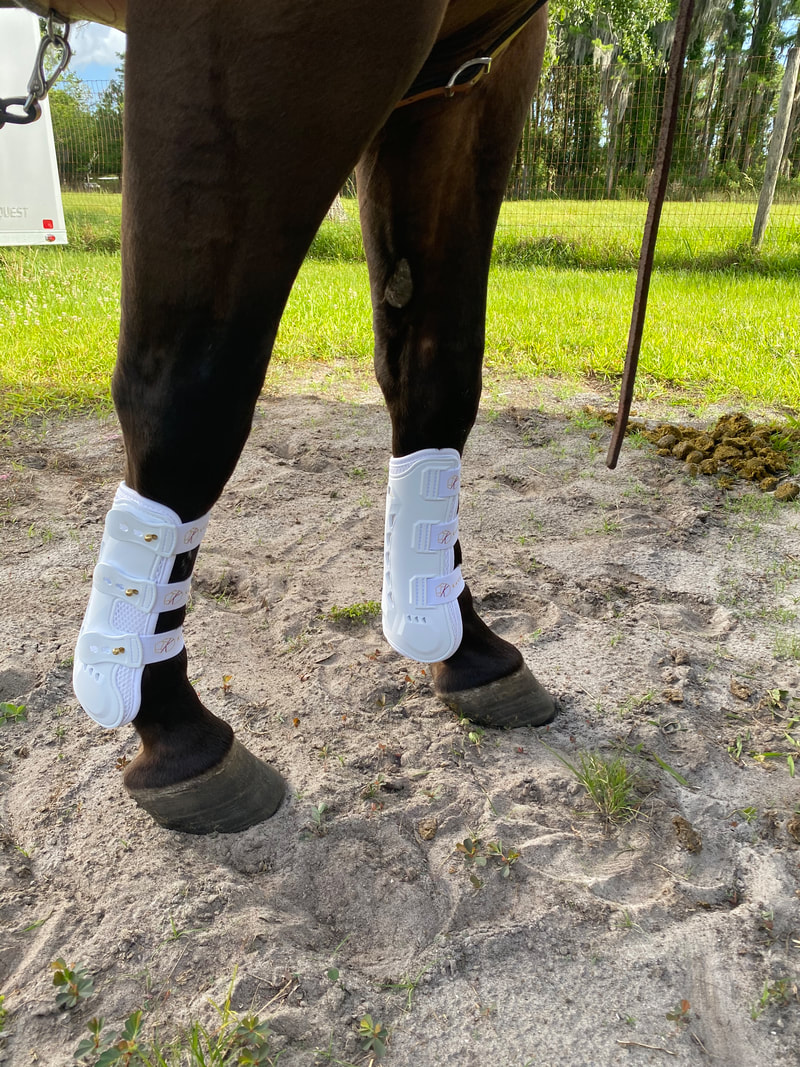

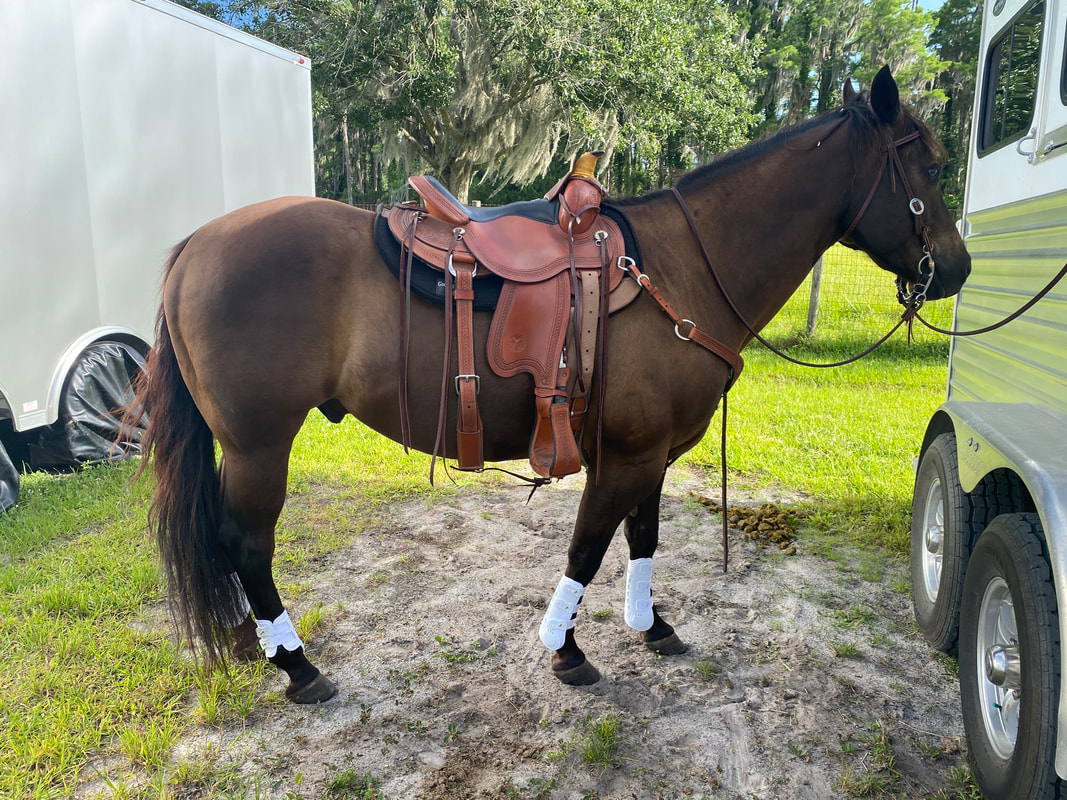

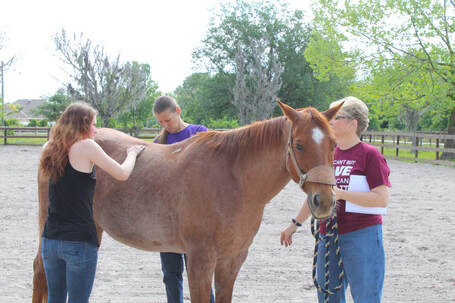

 RSS Feed
RSS Feed